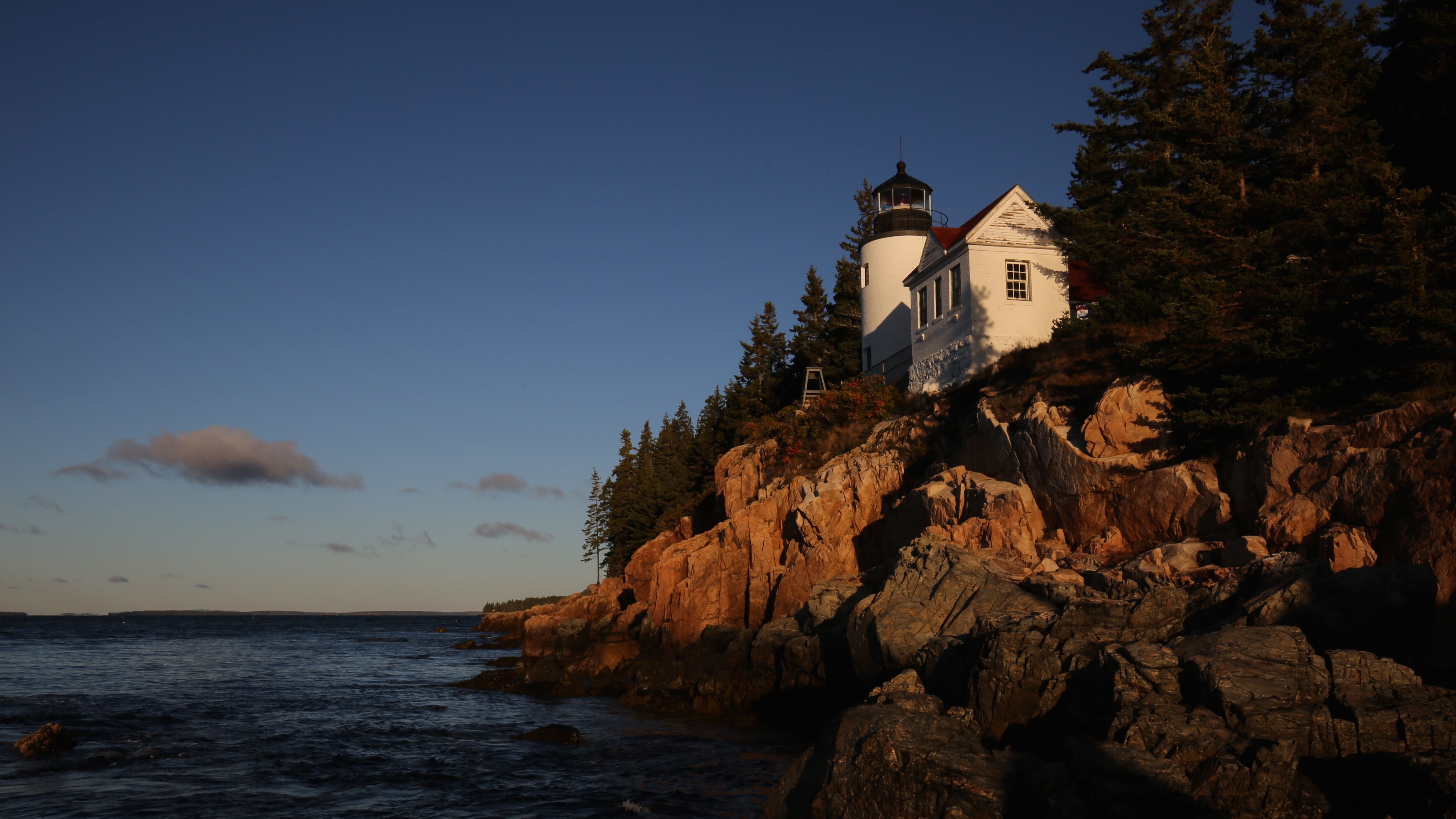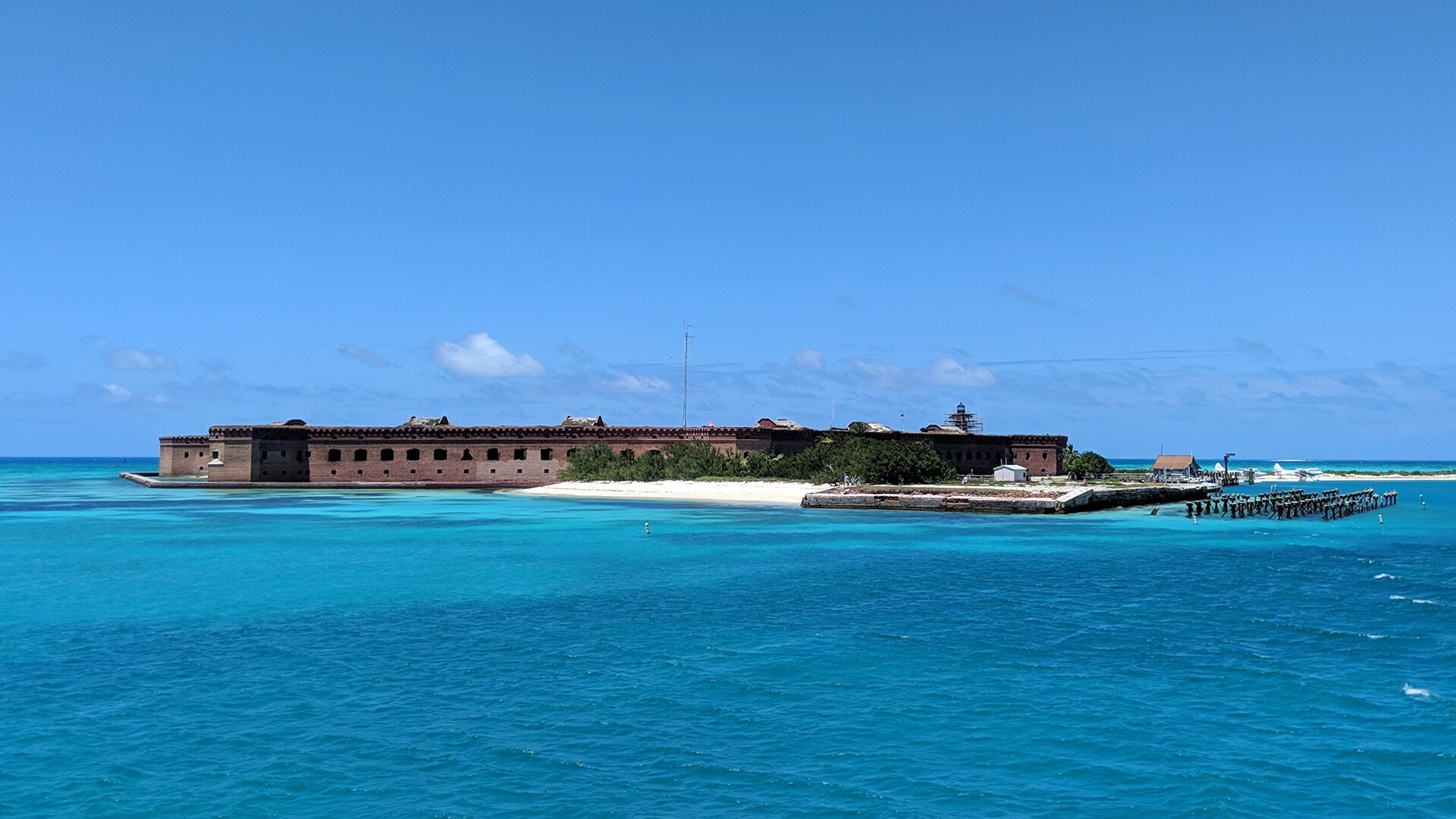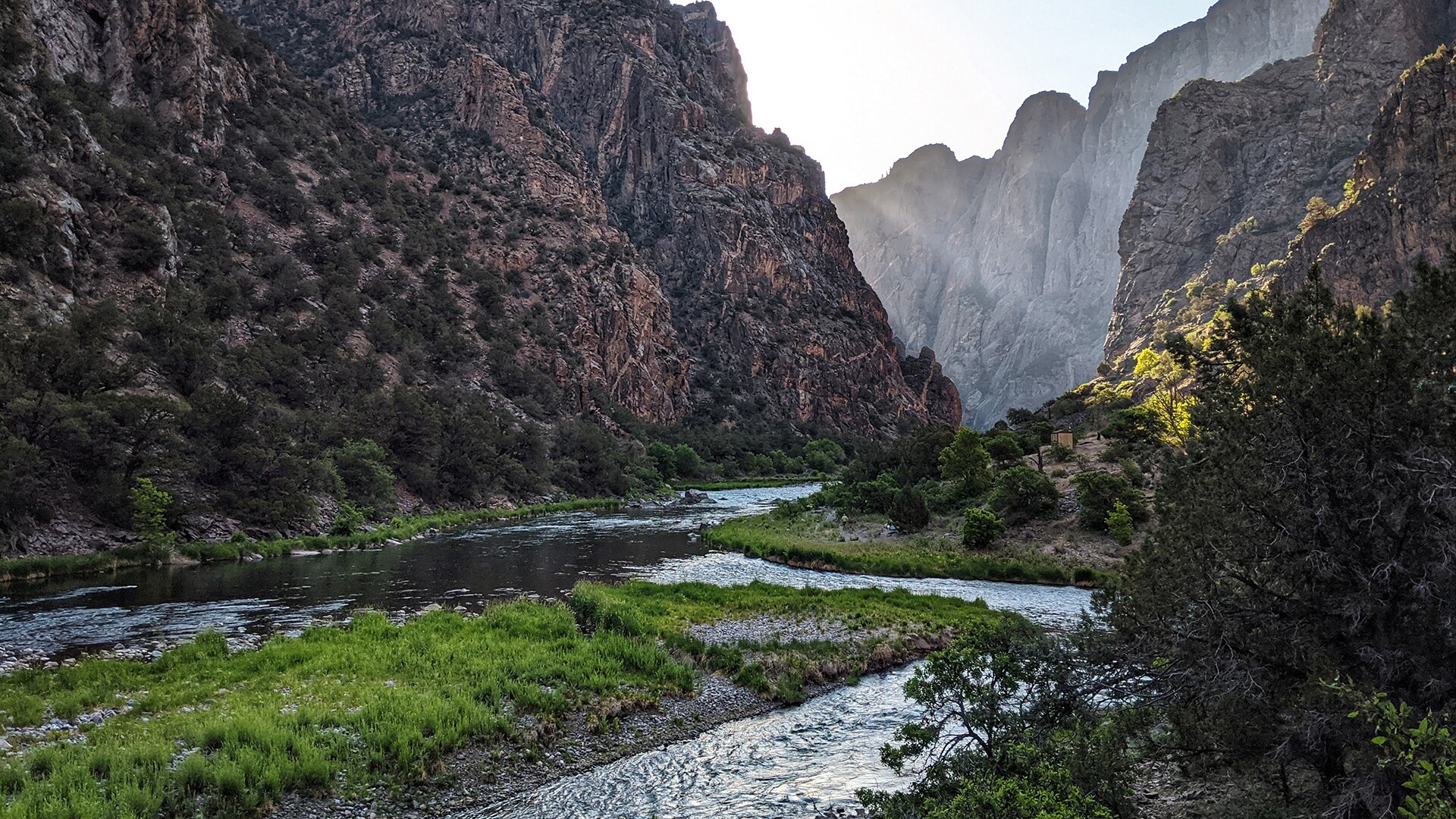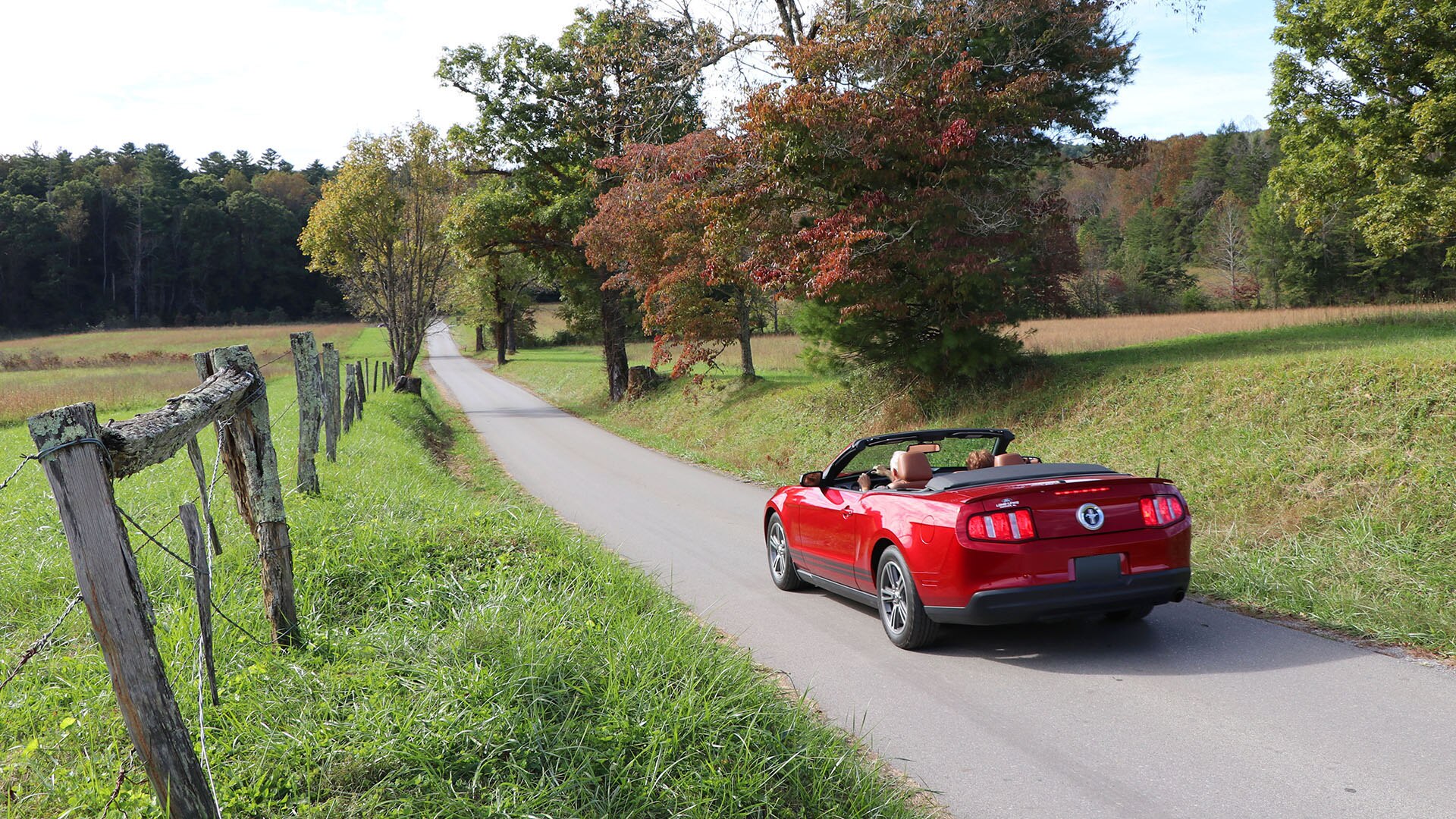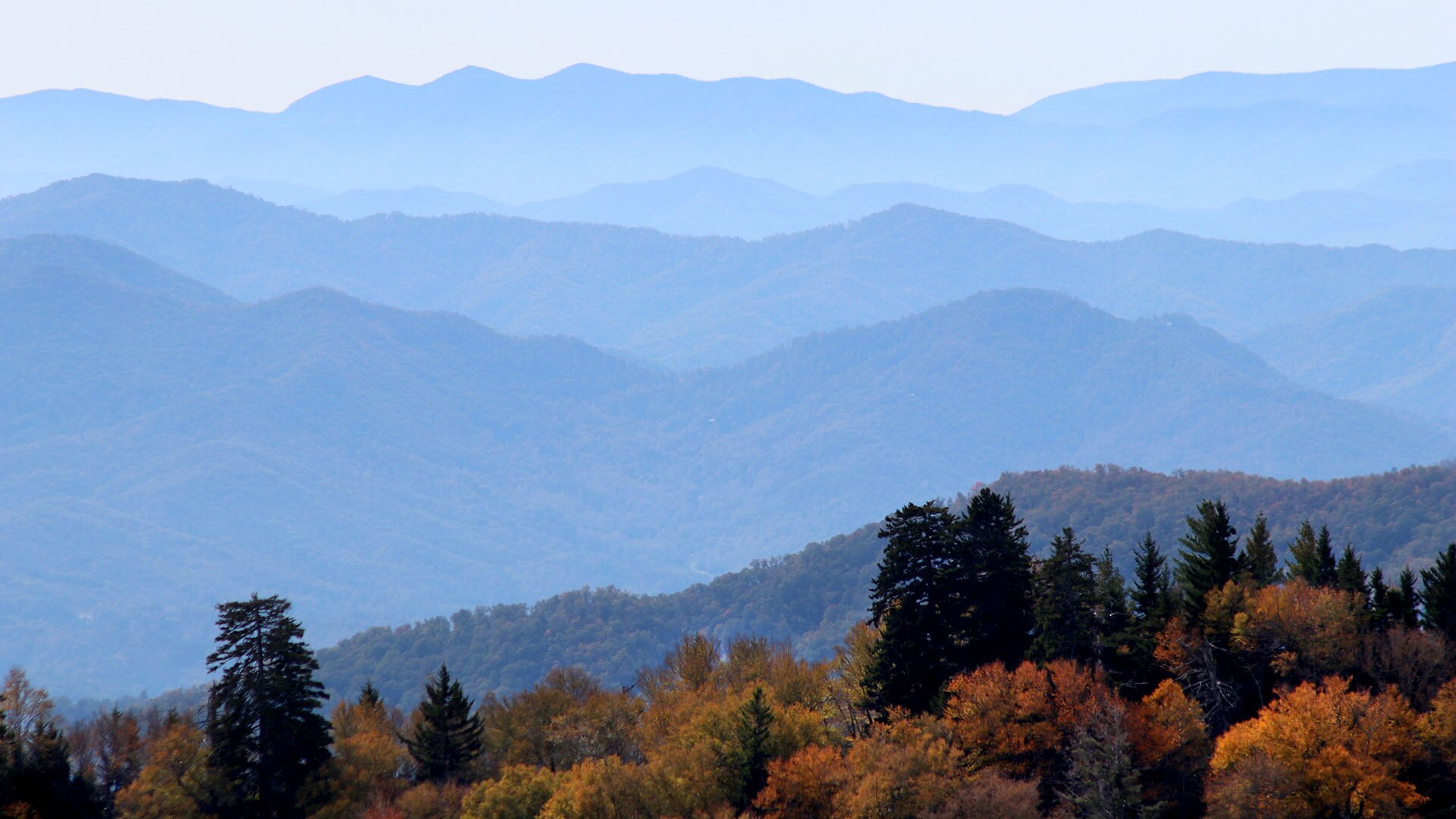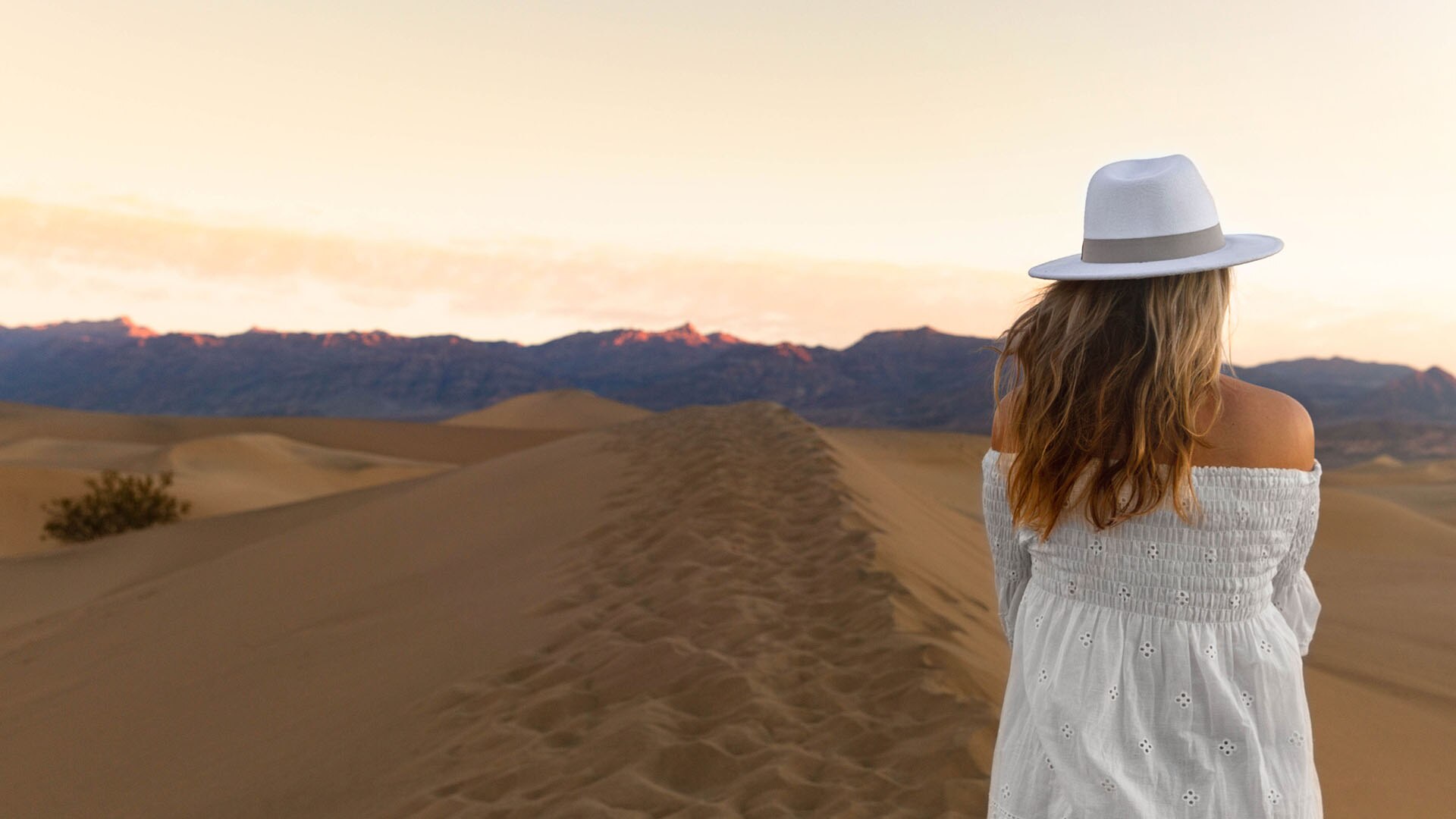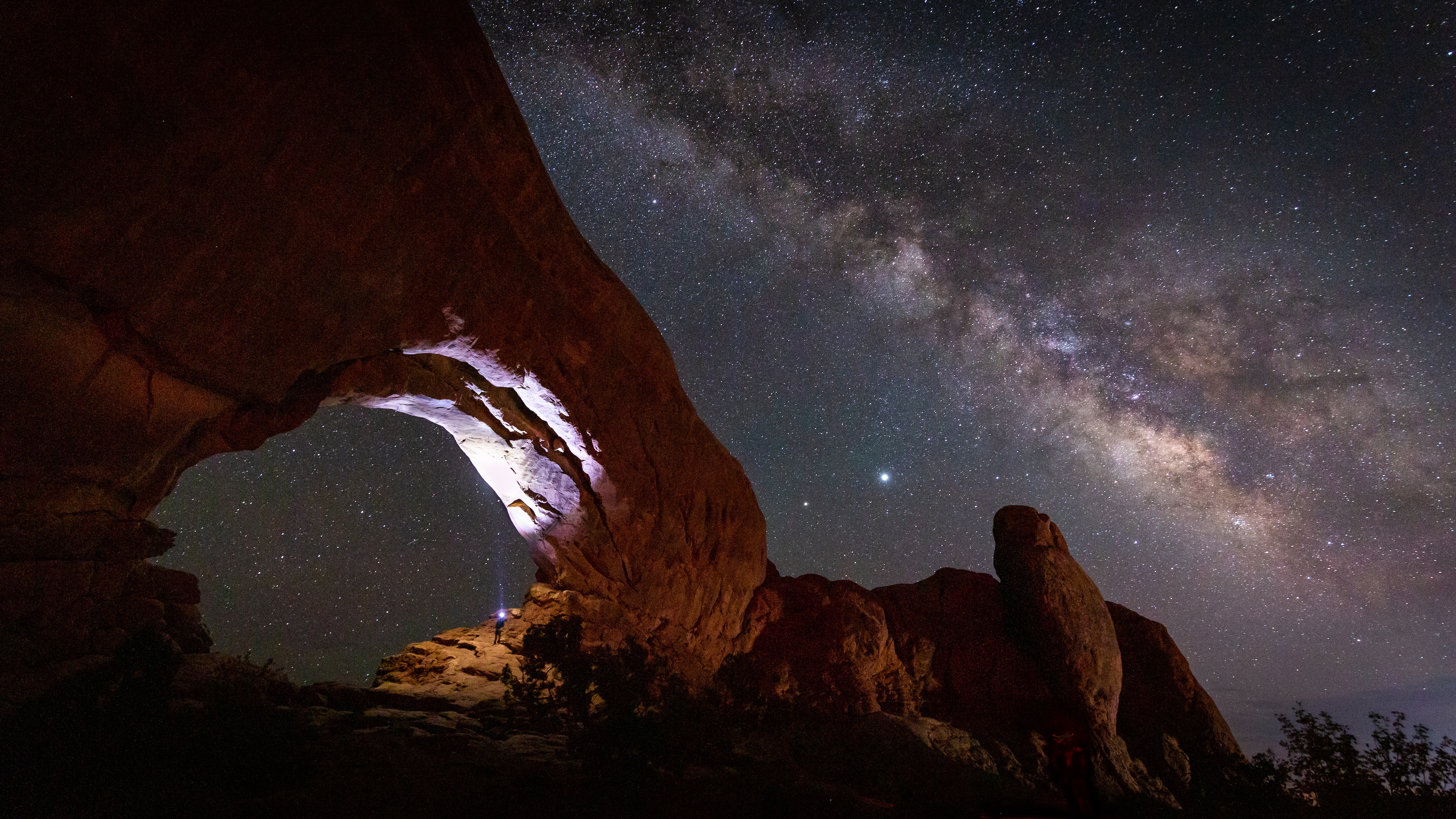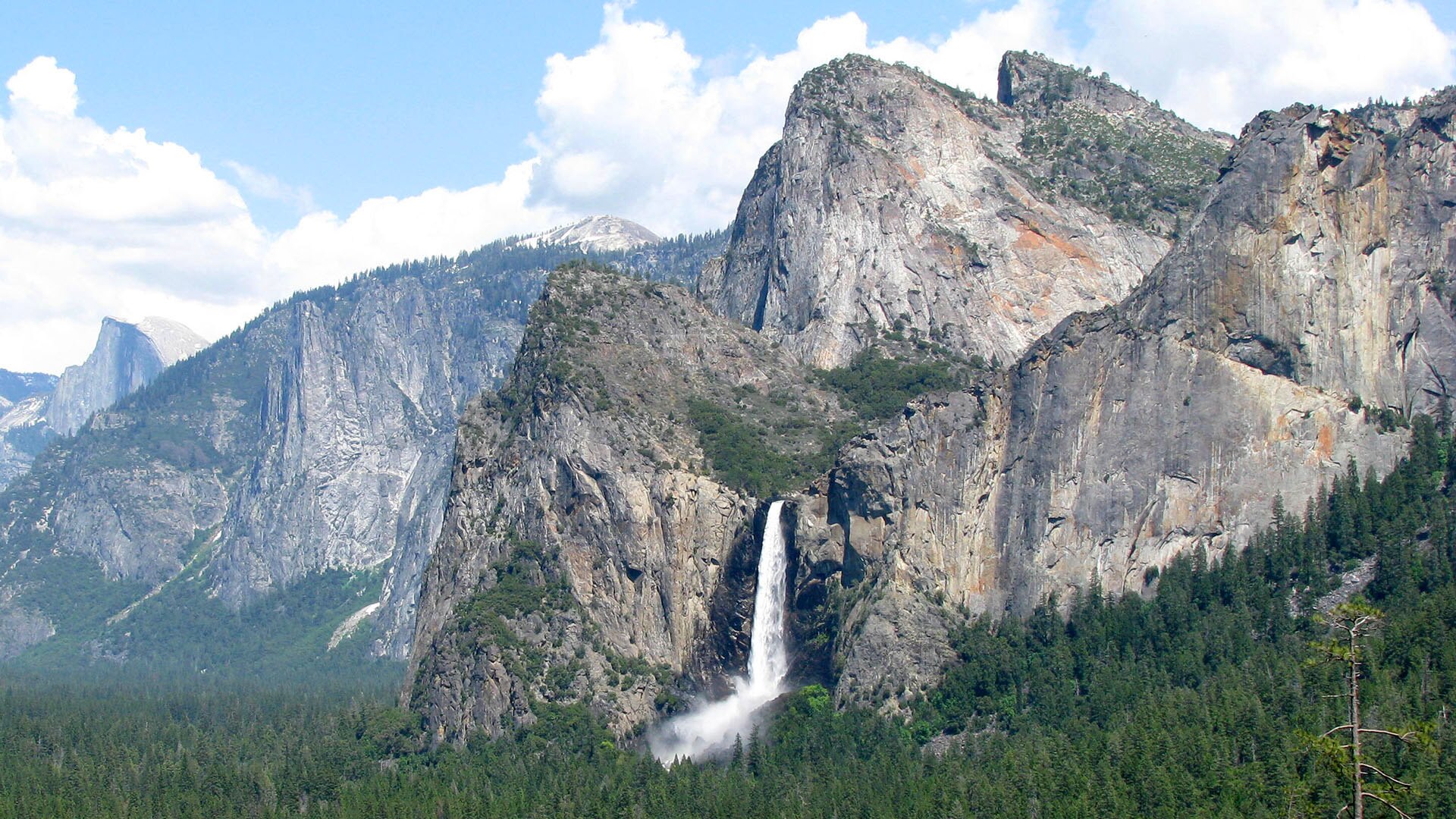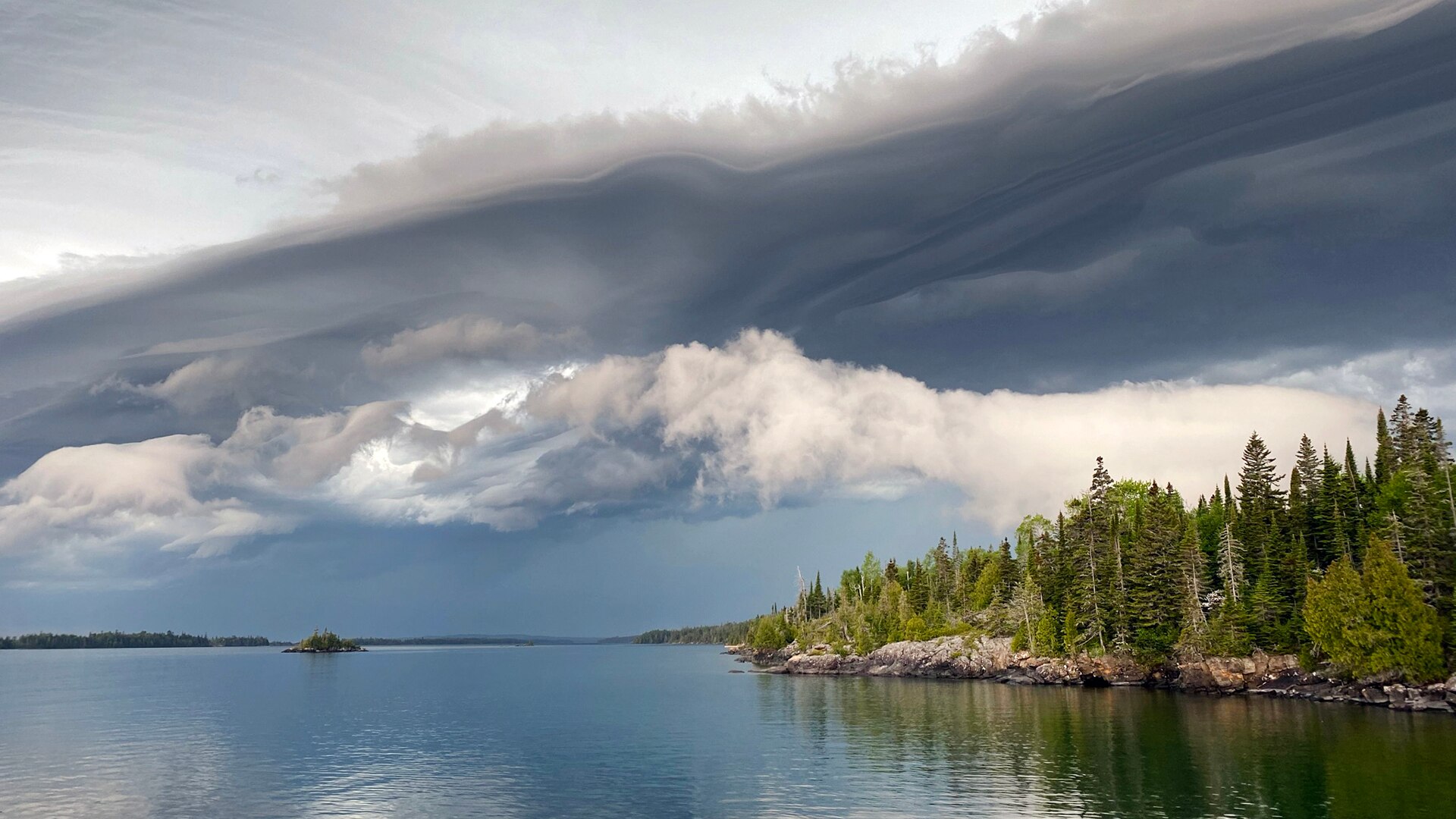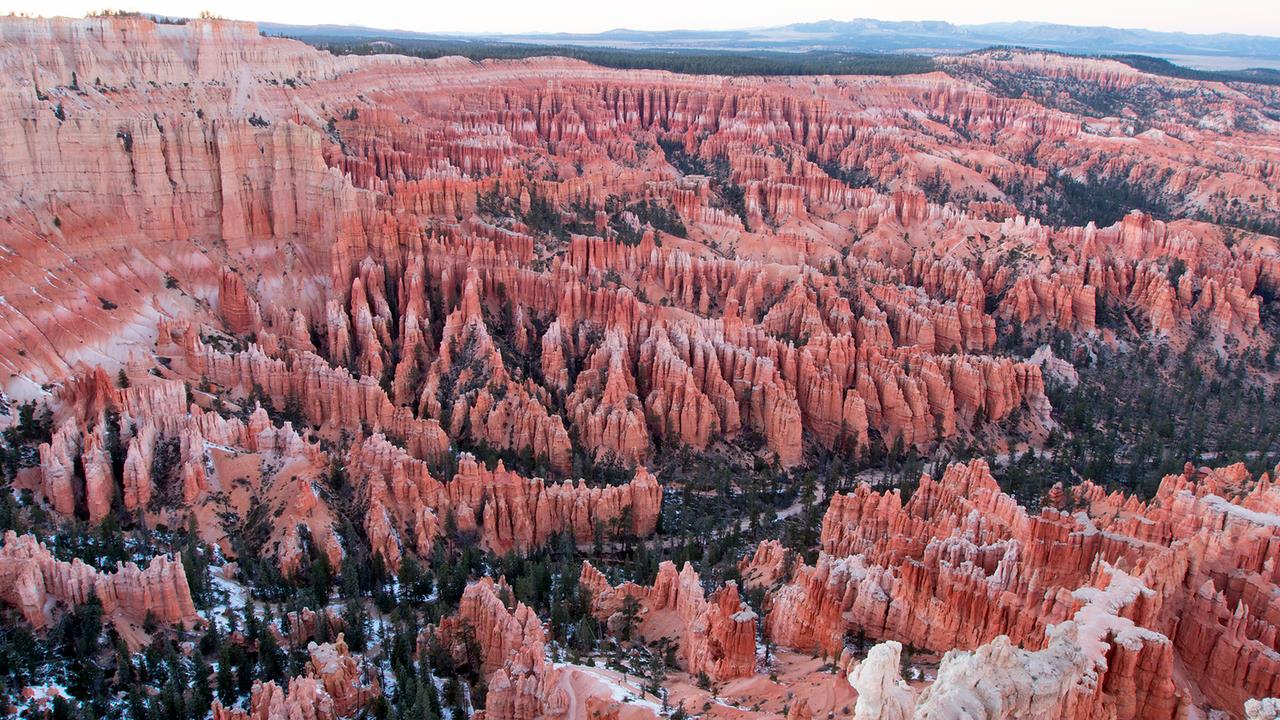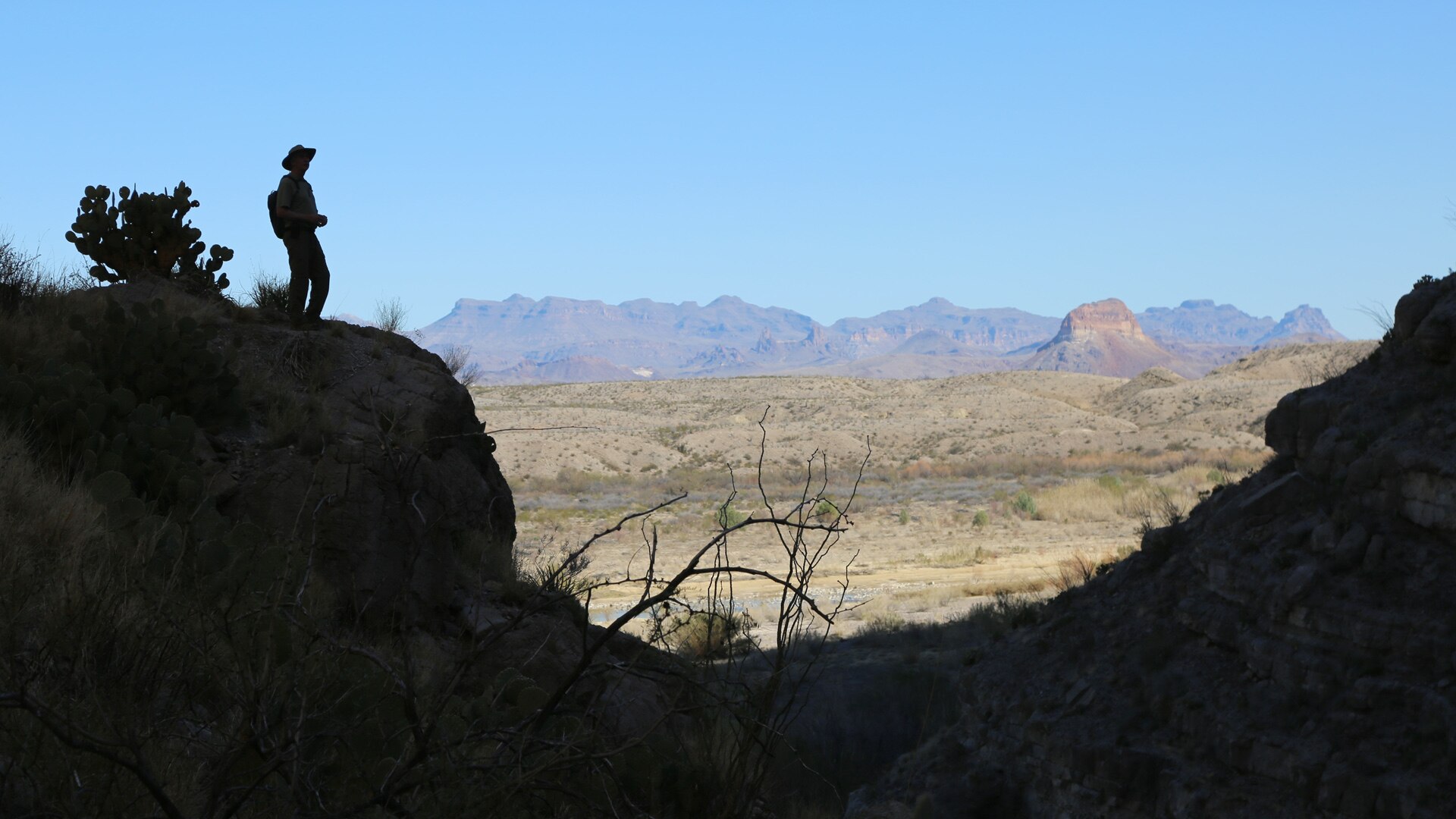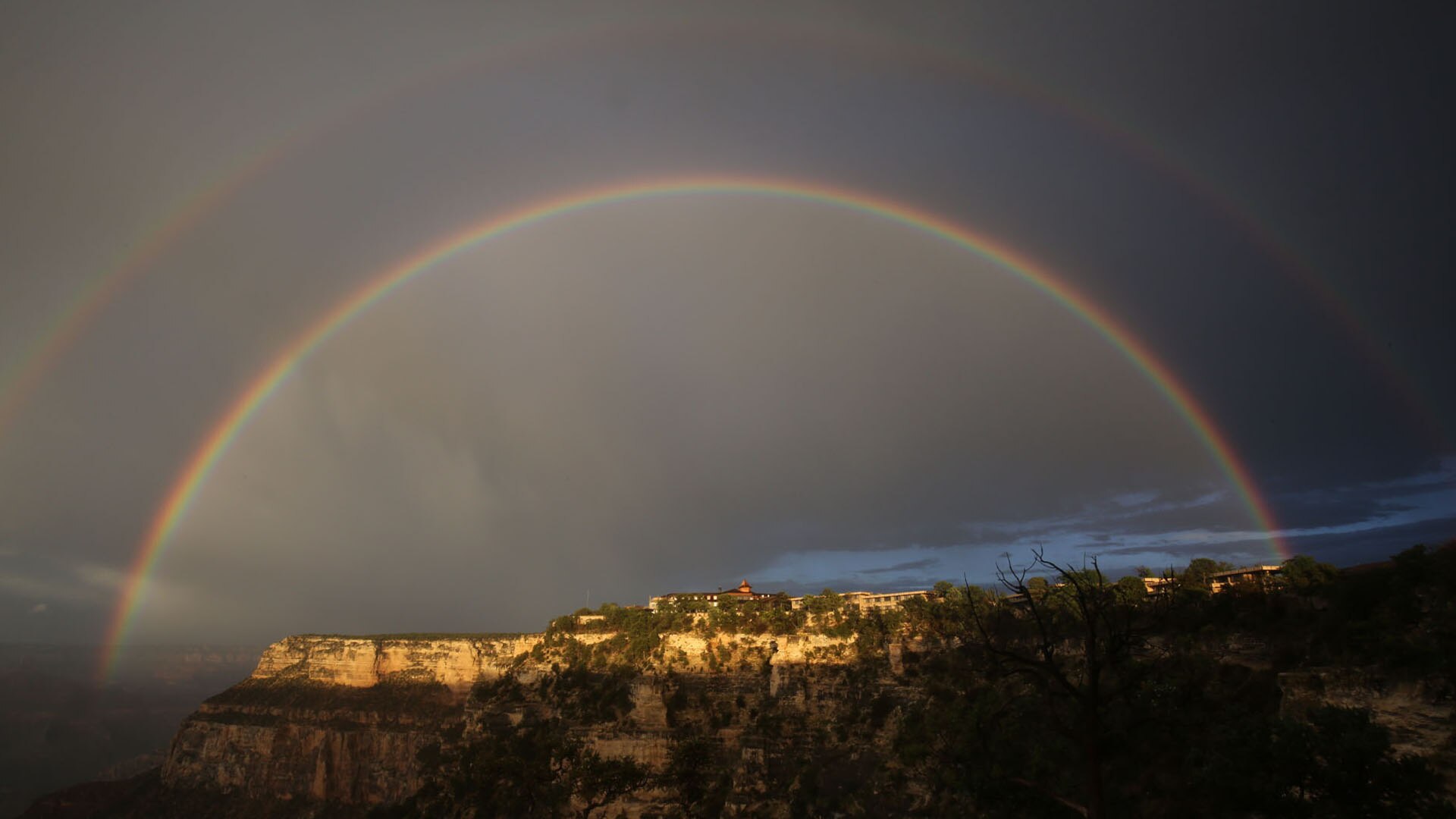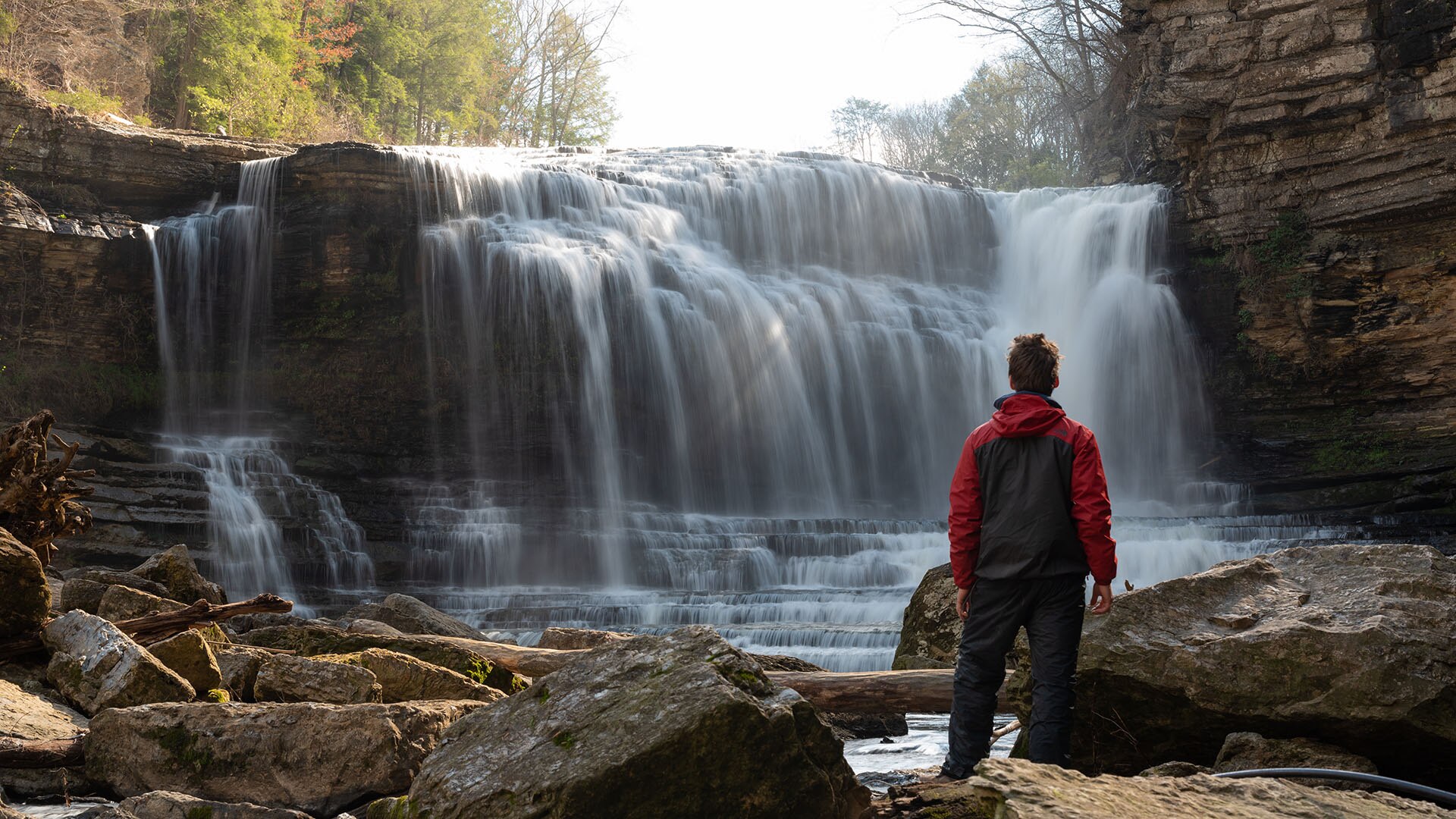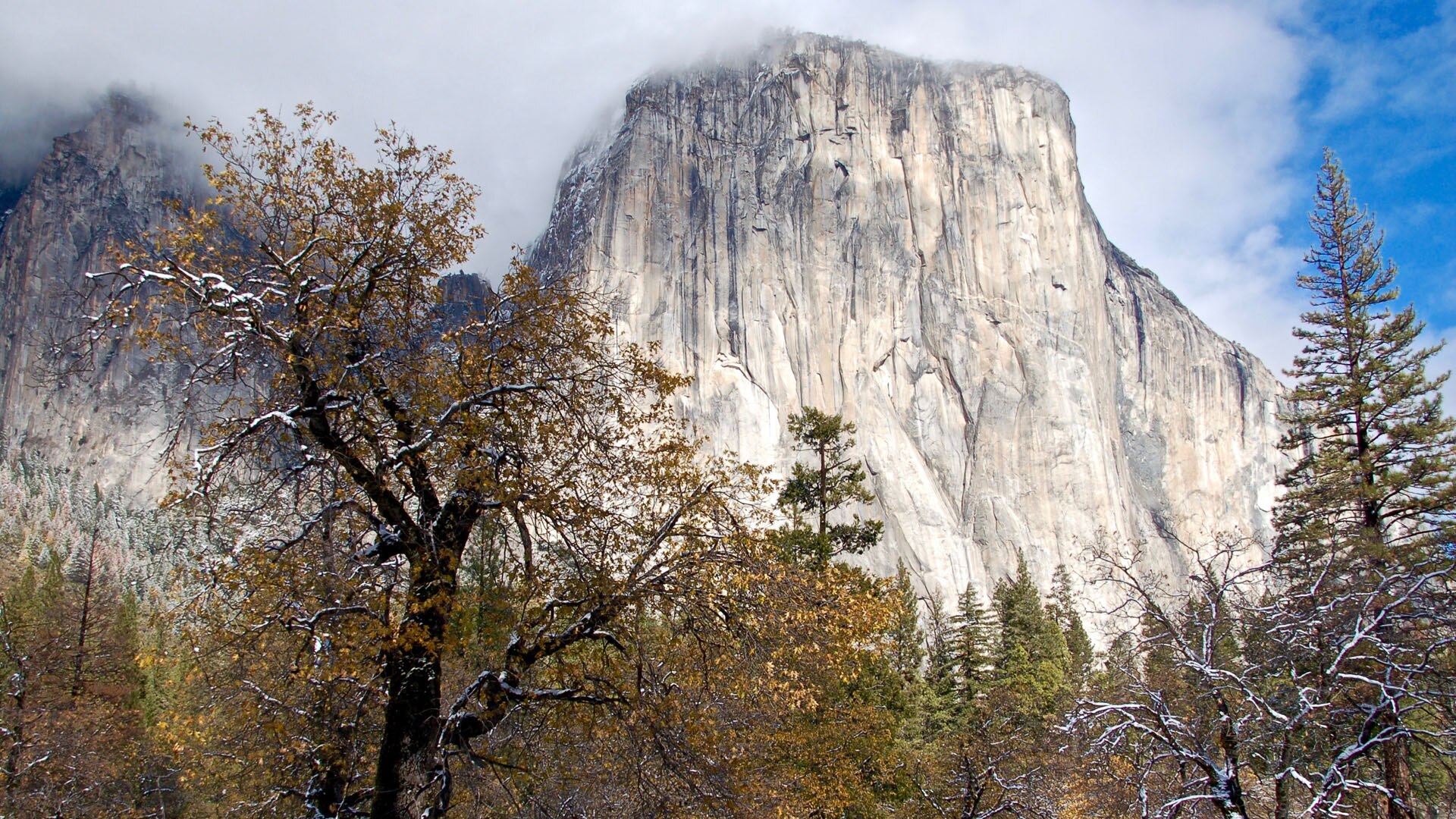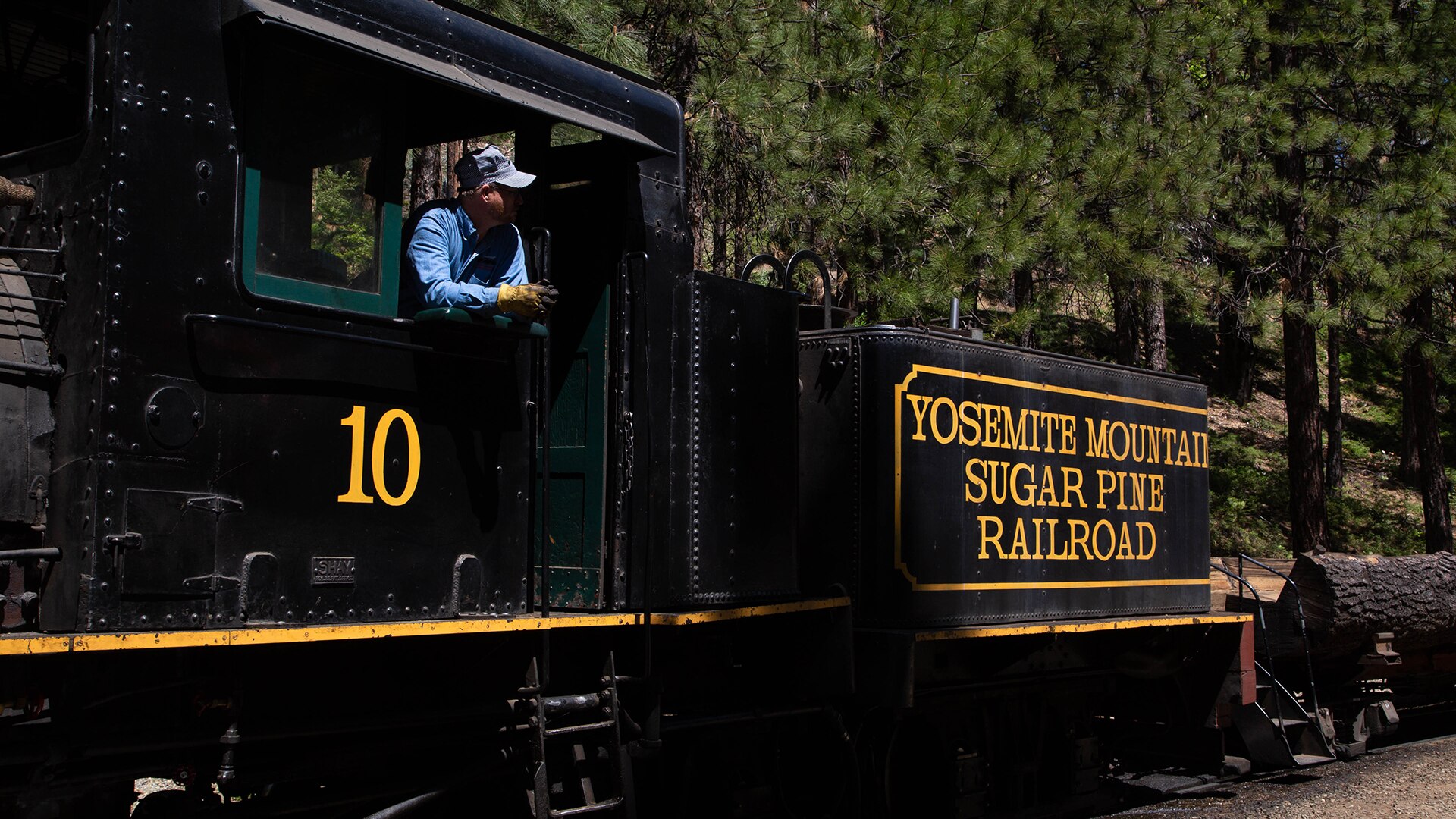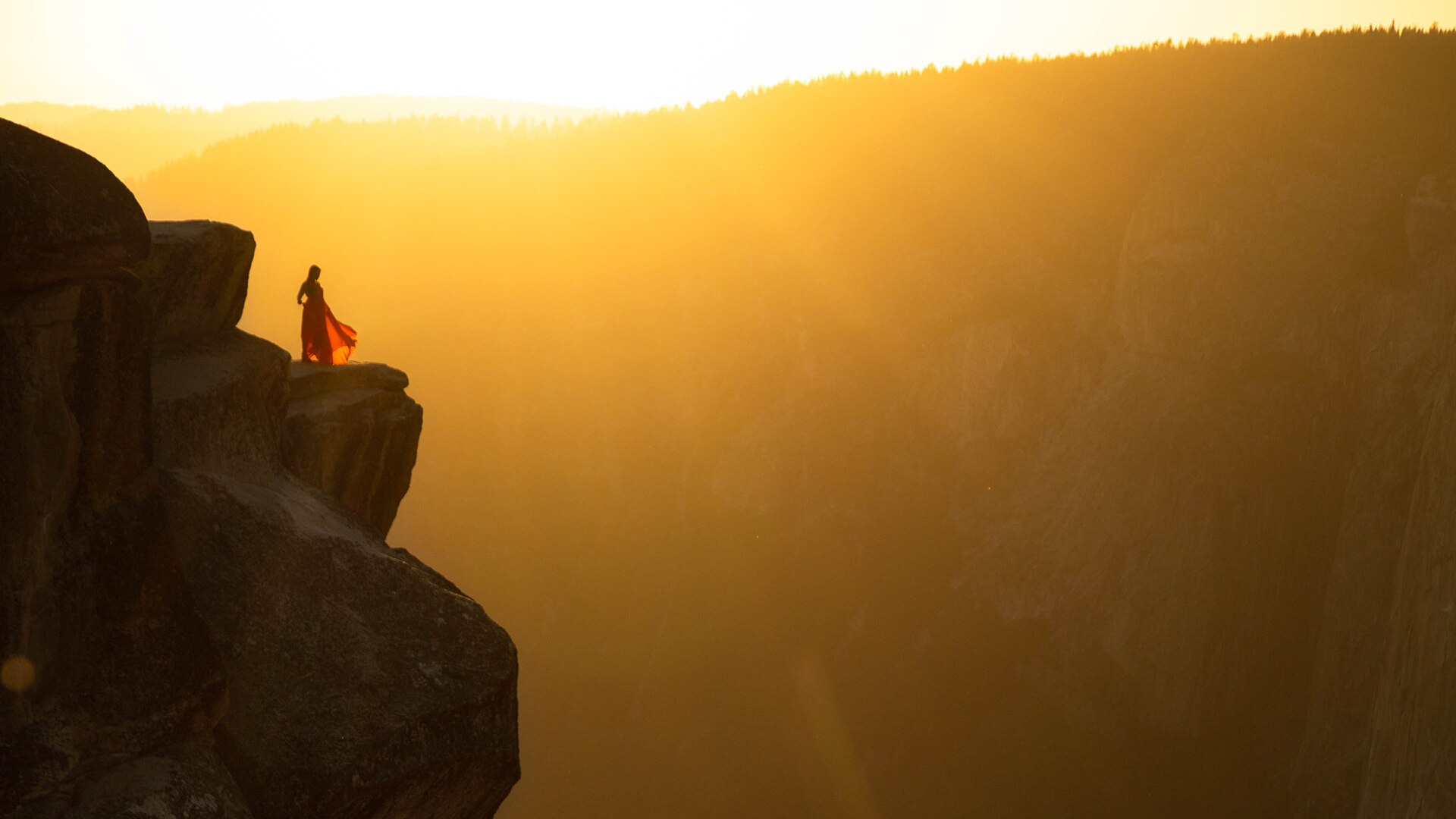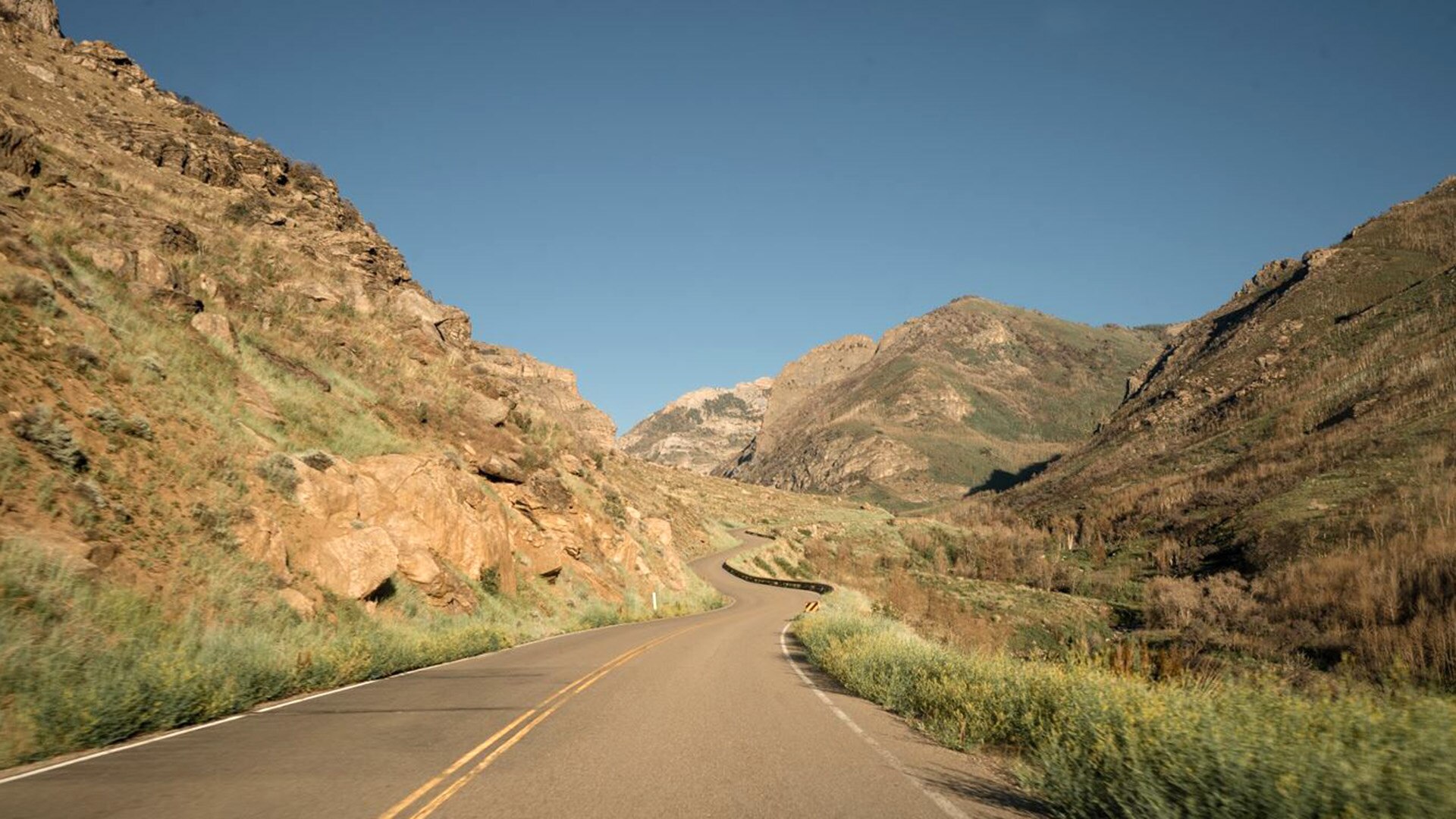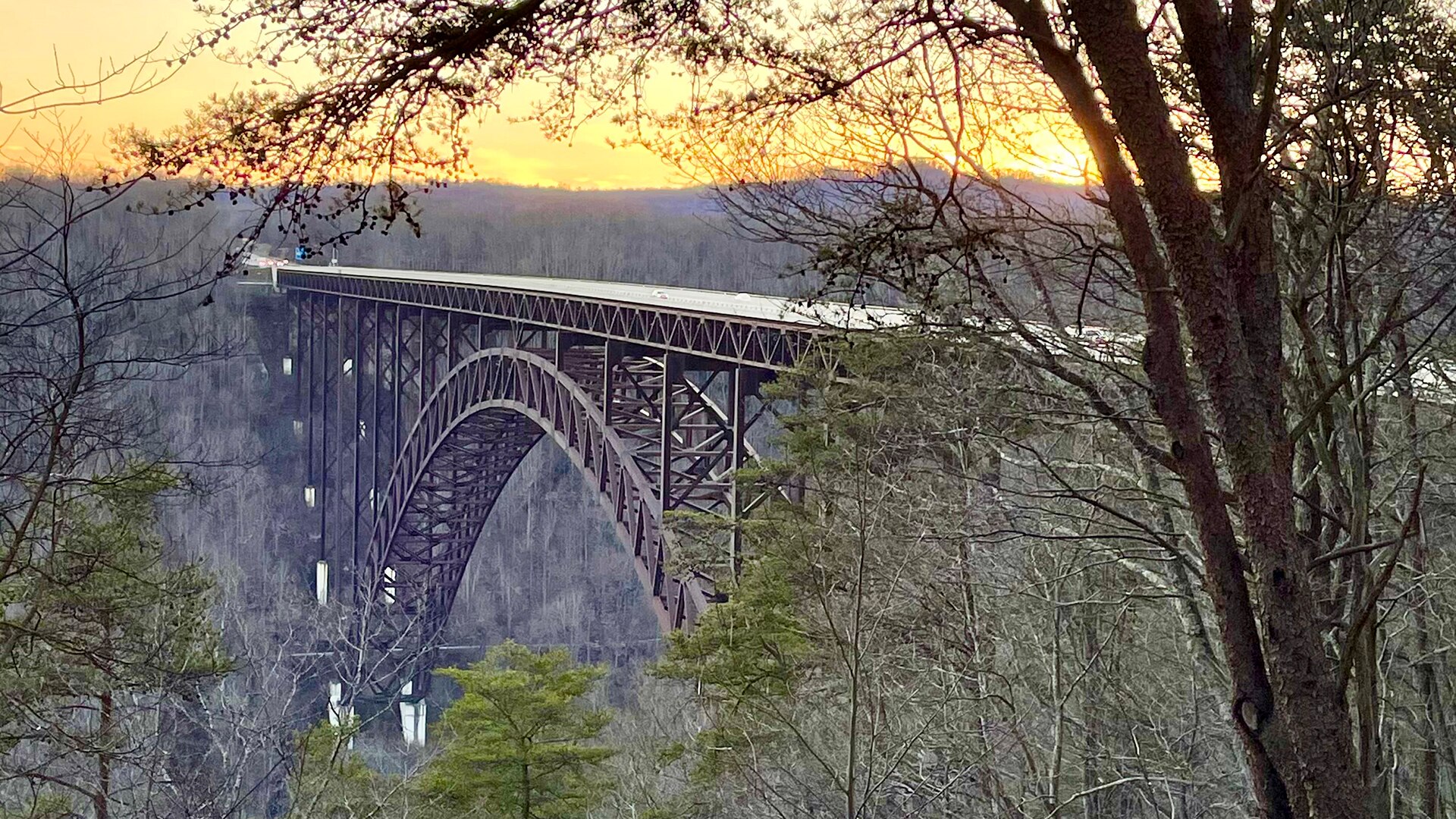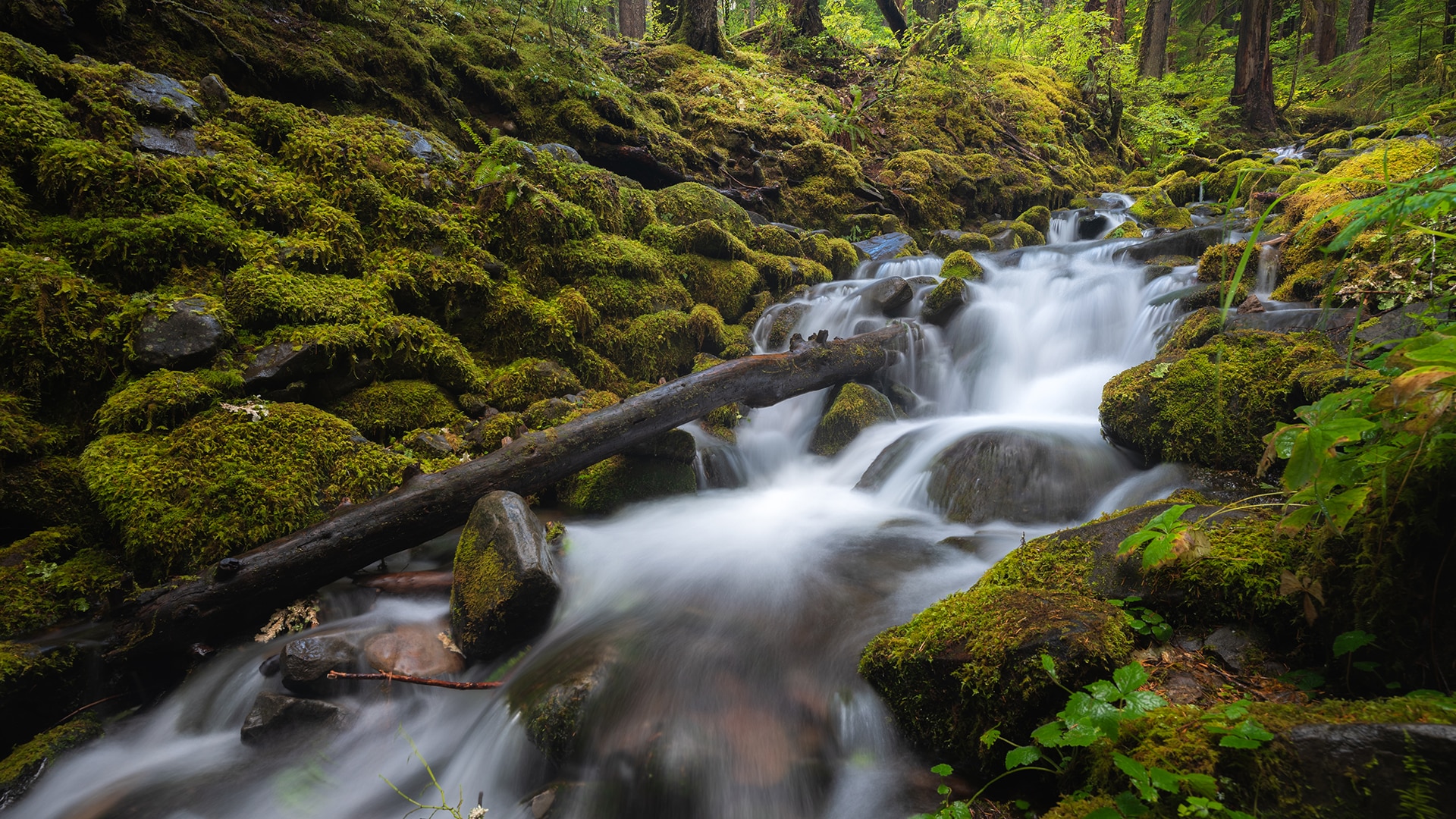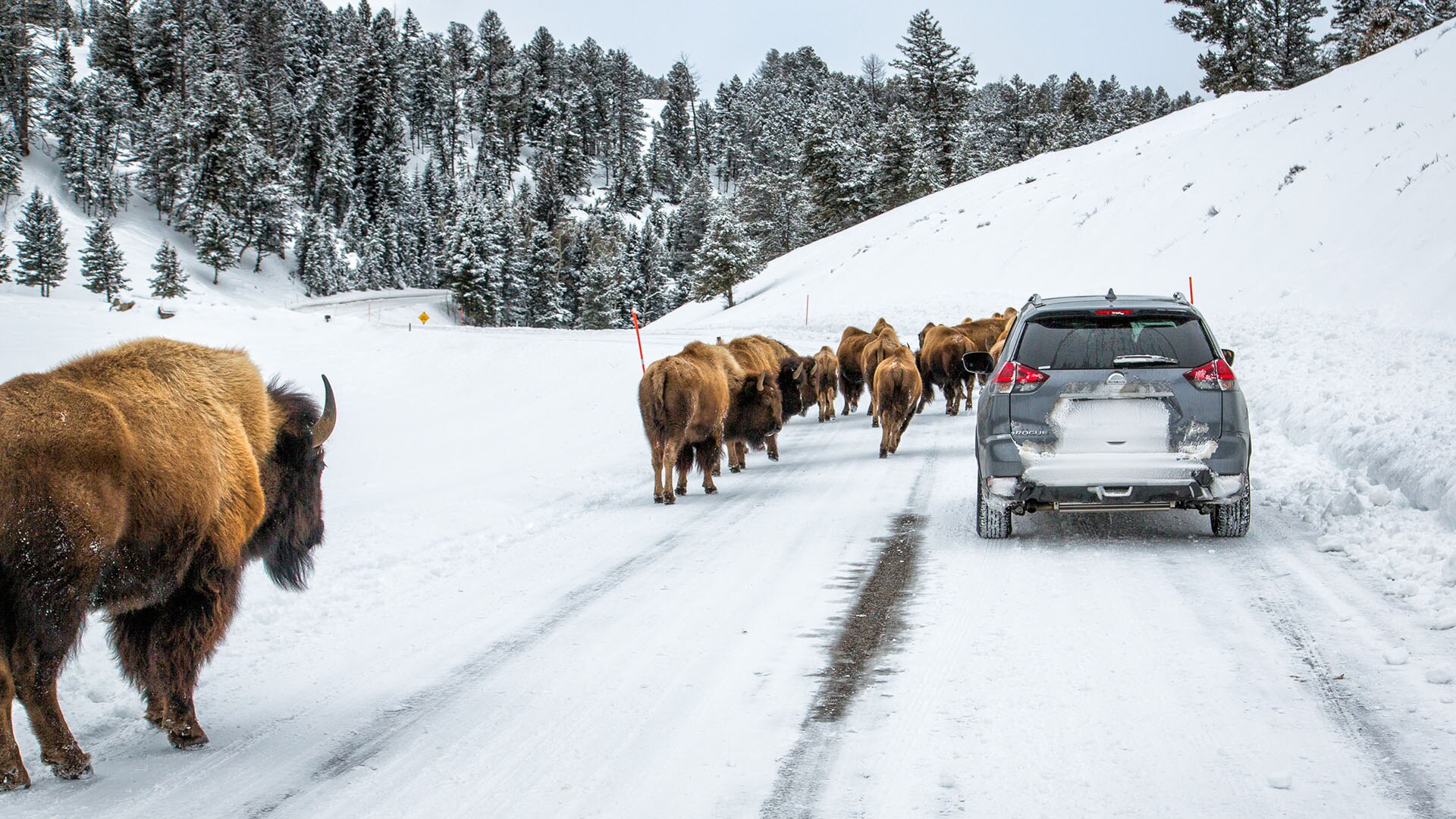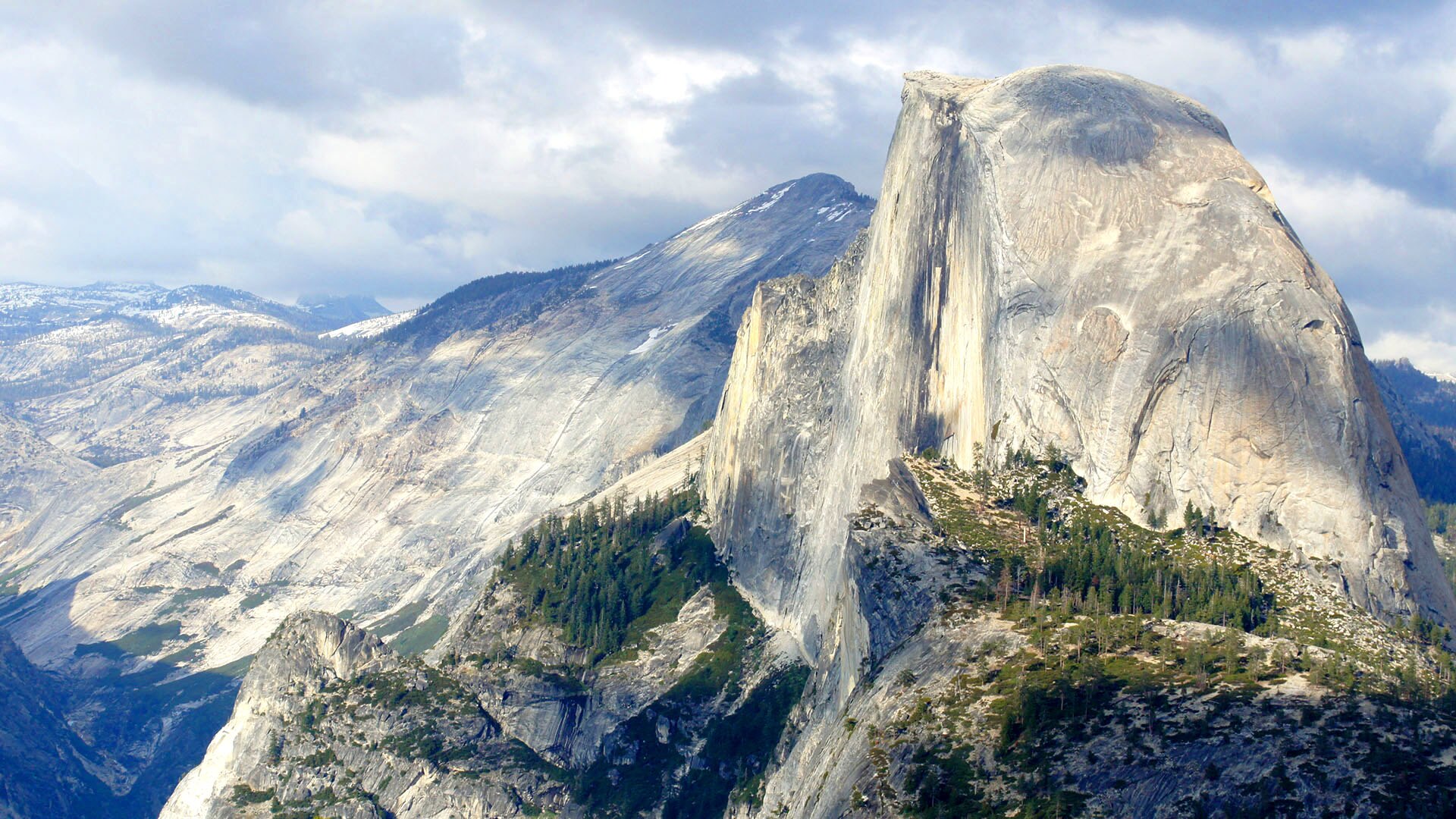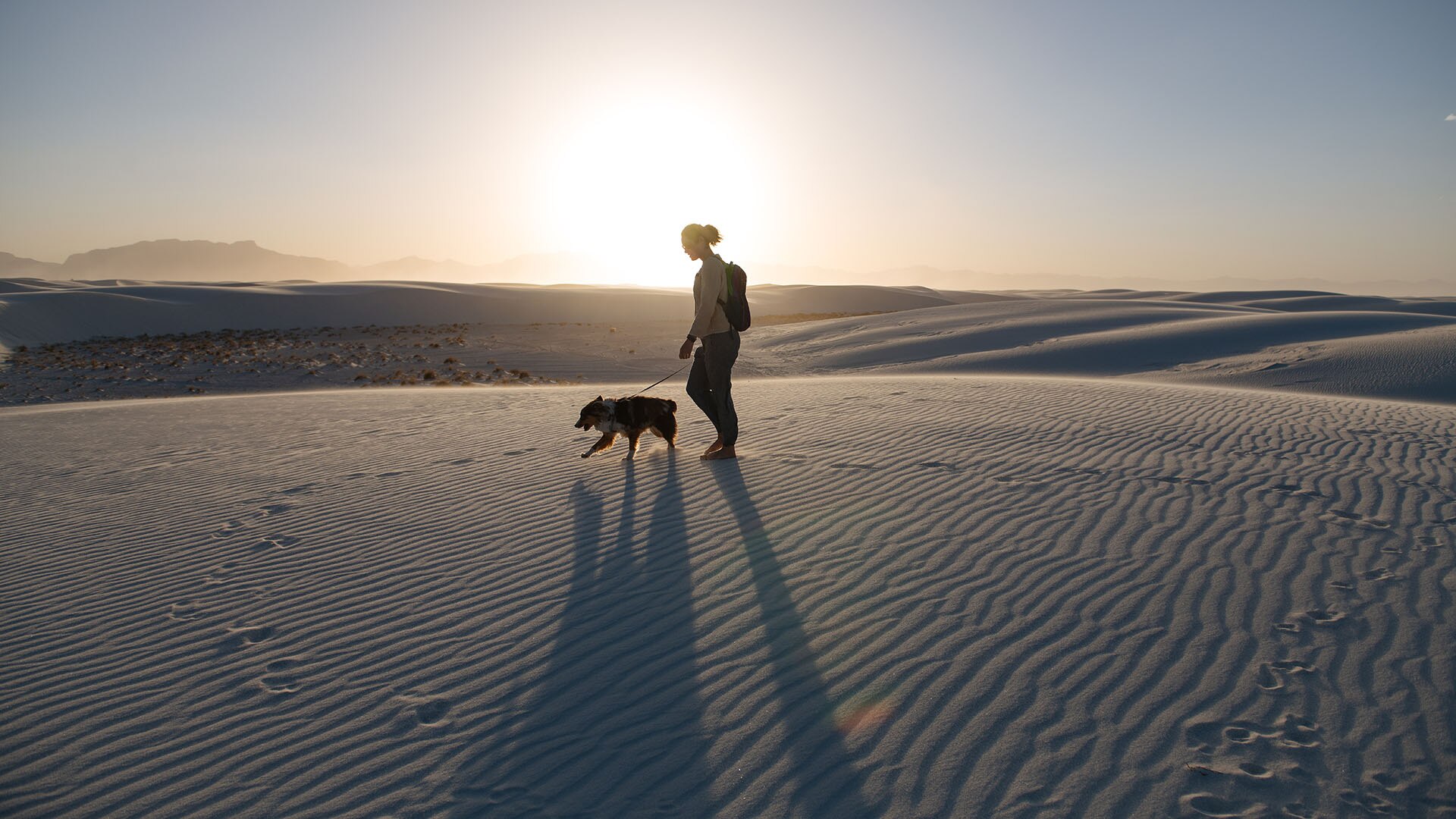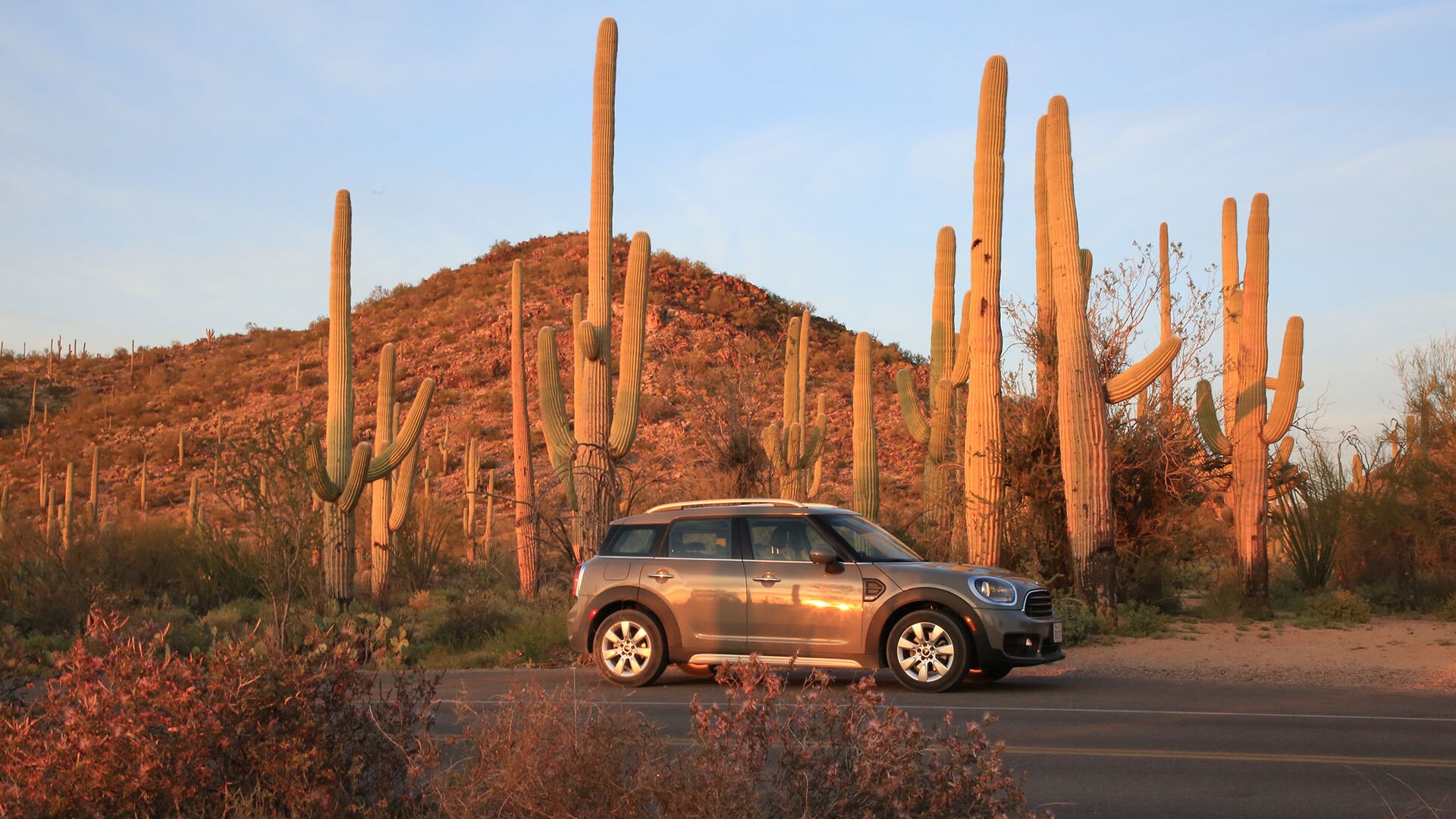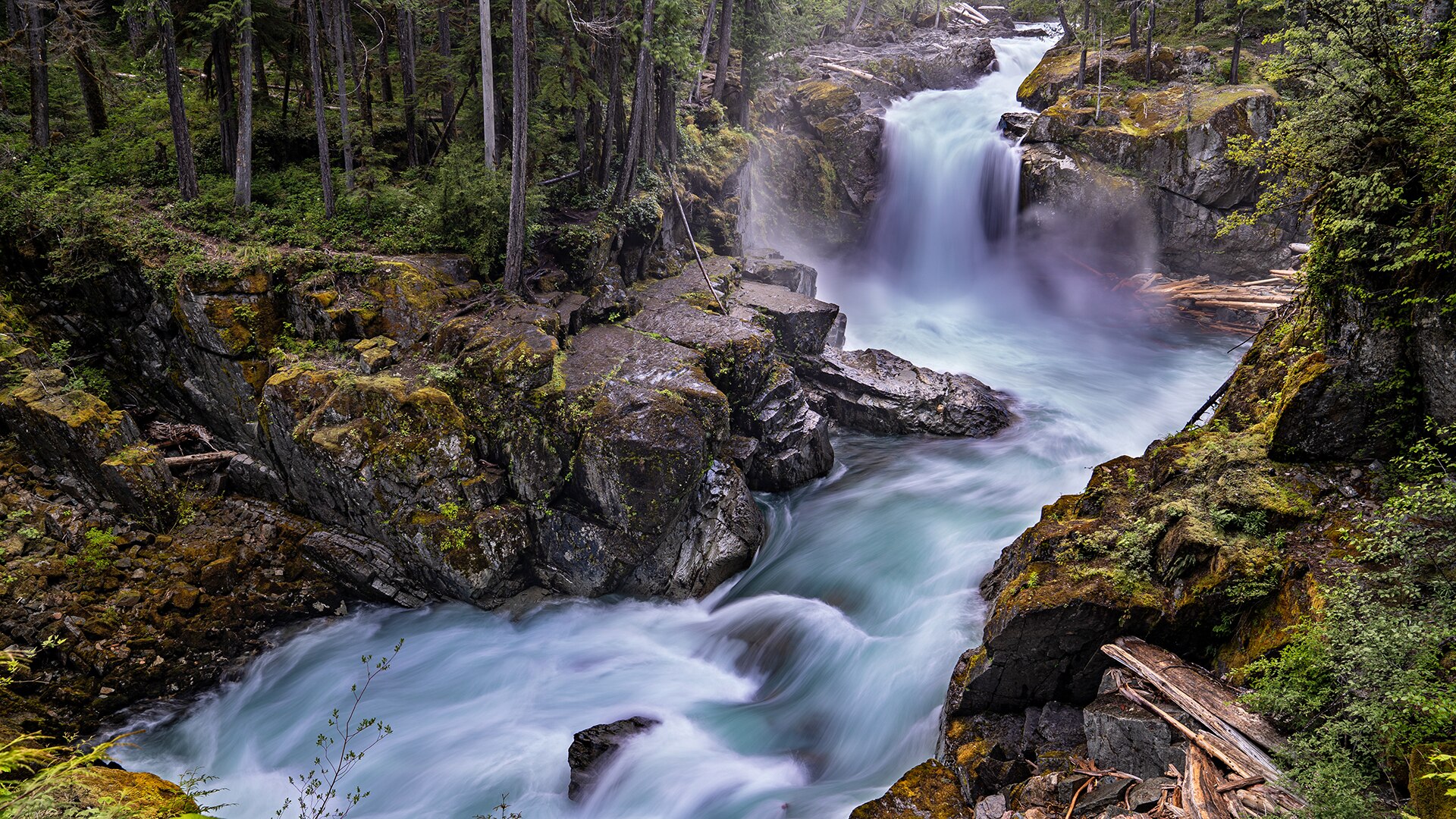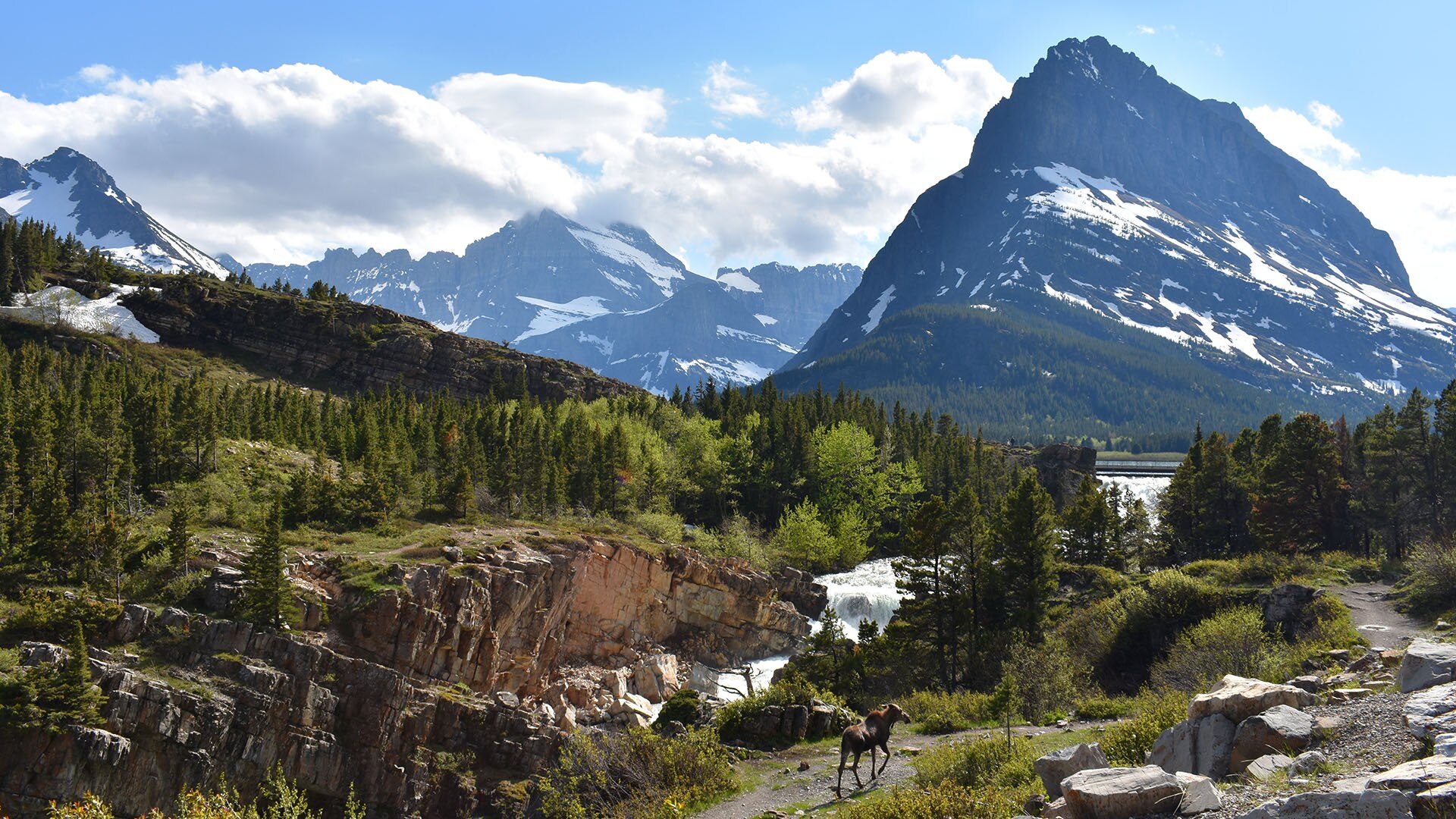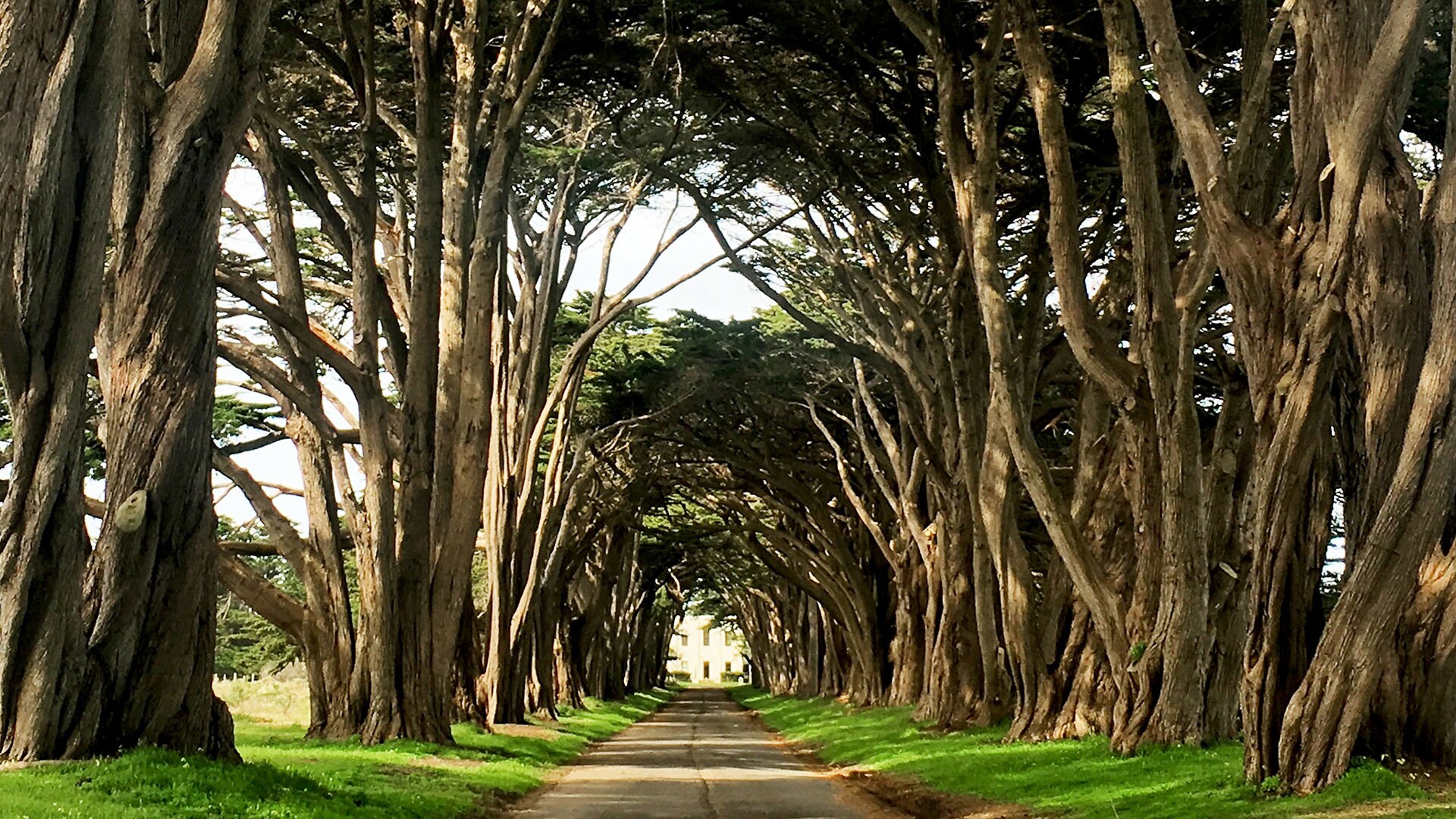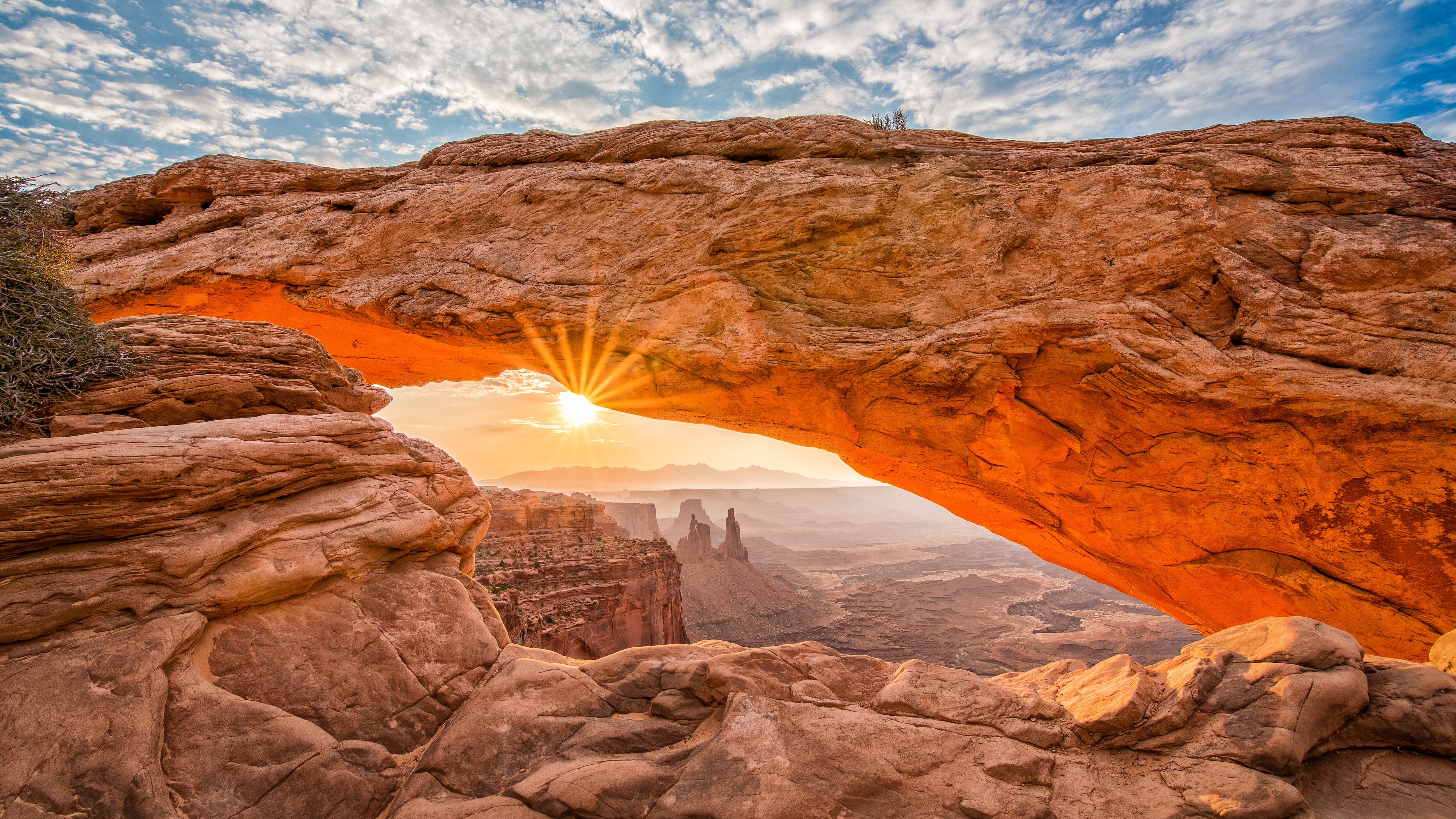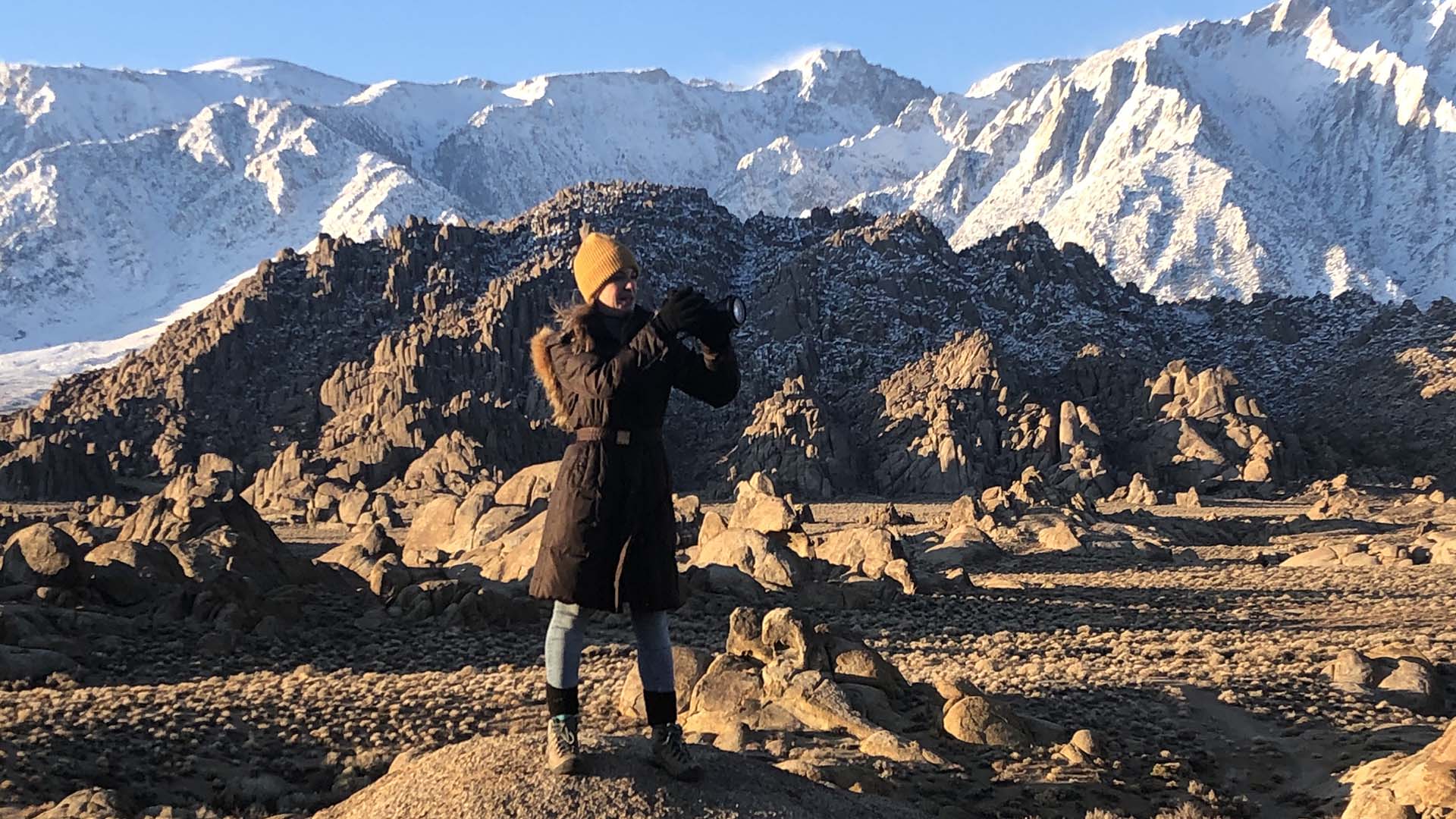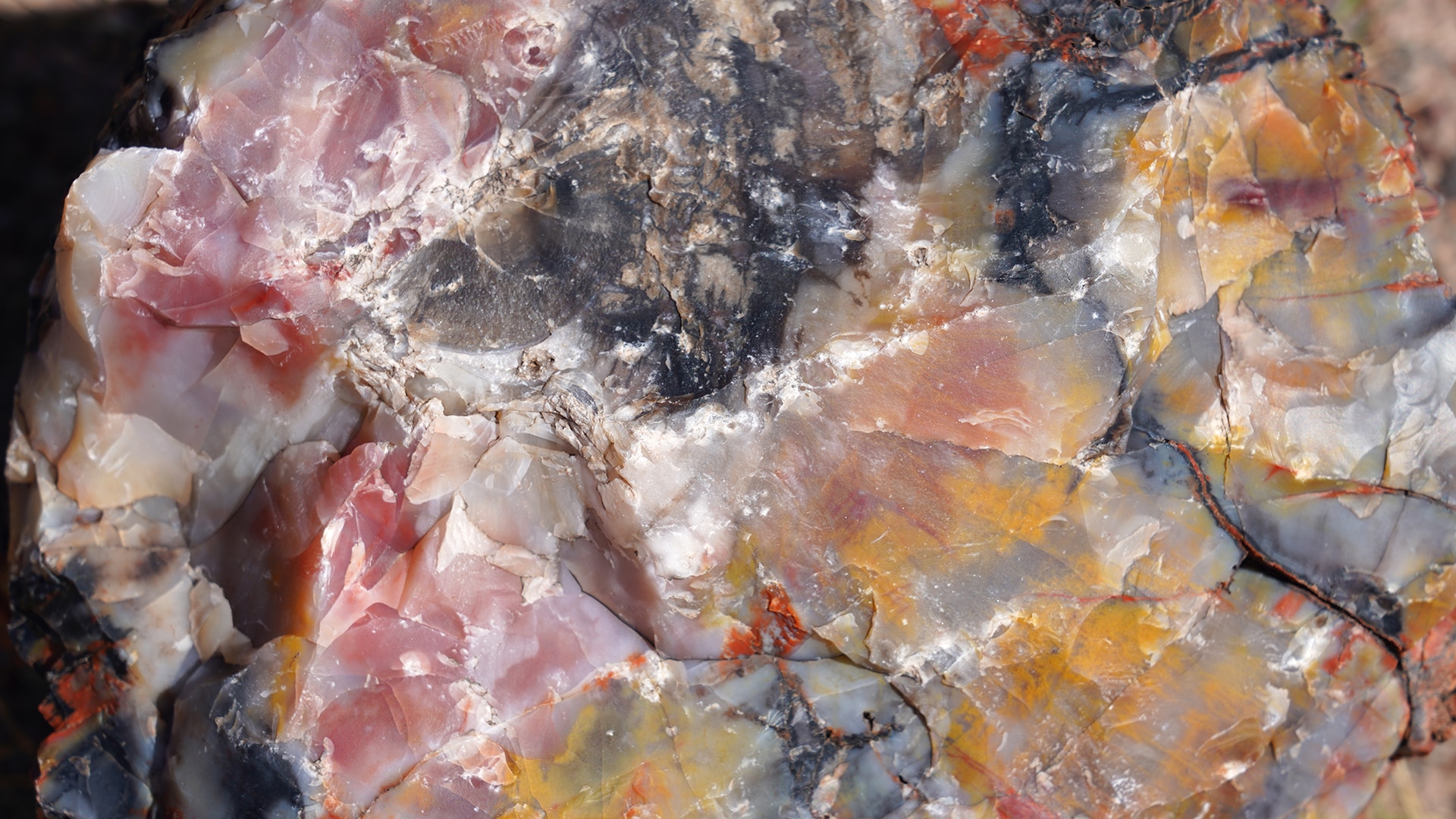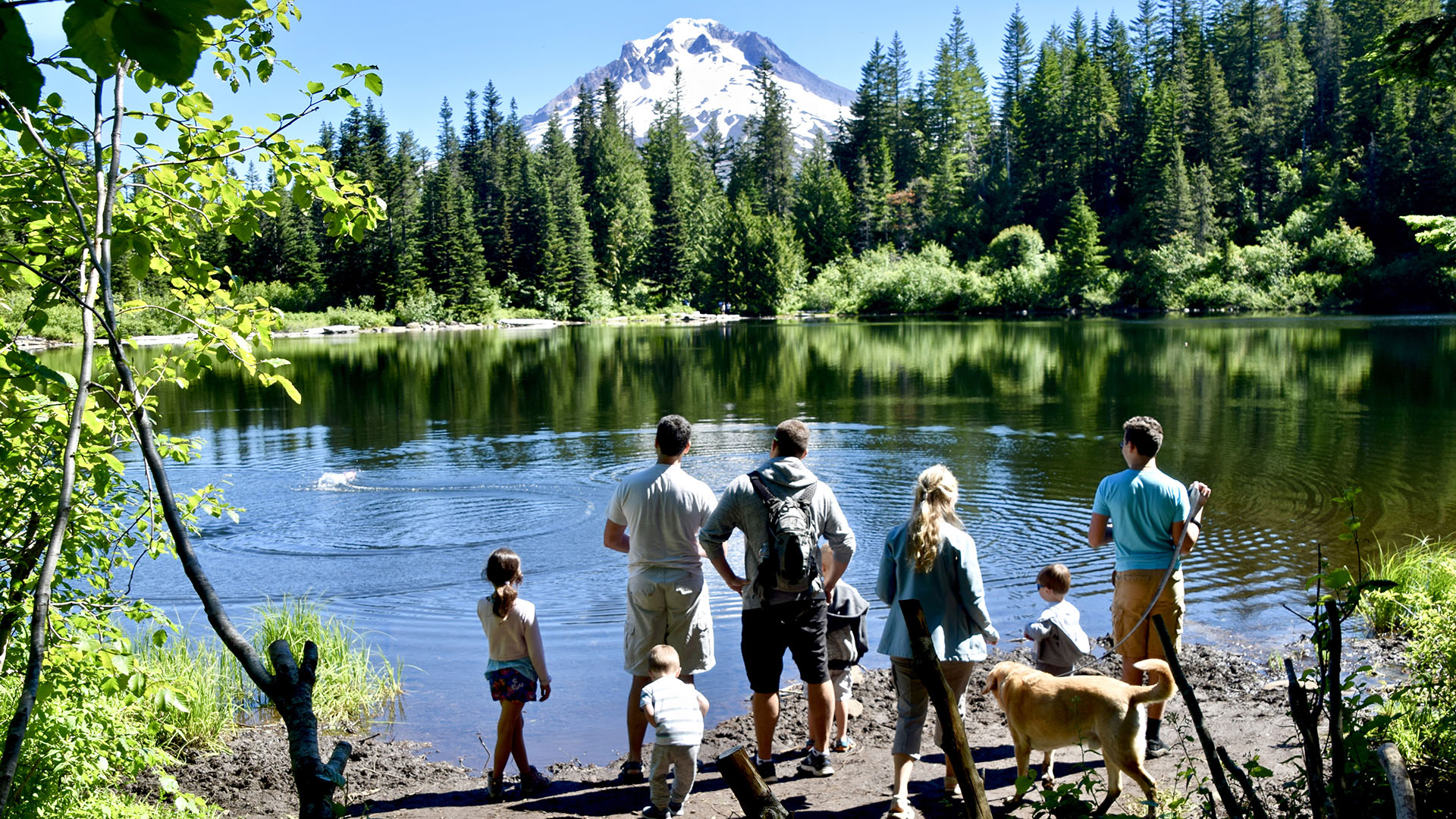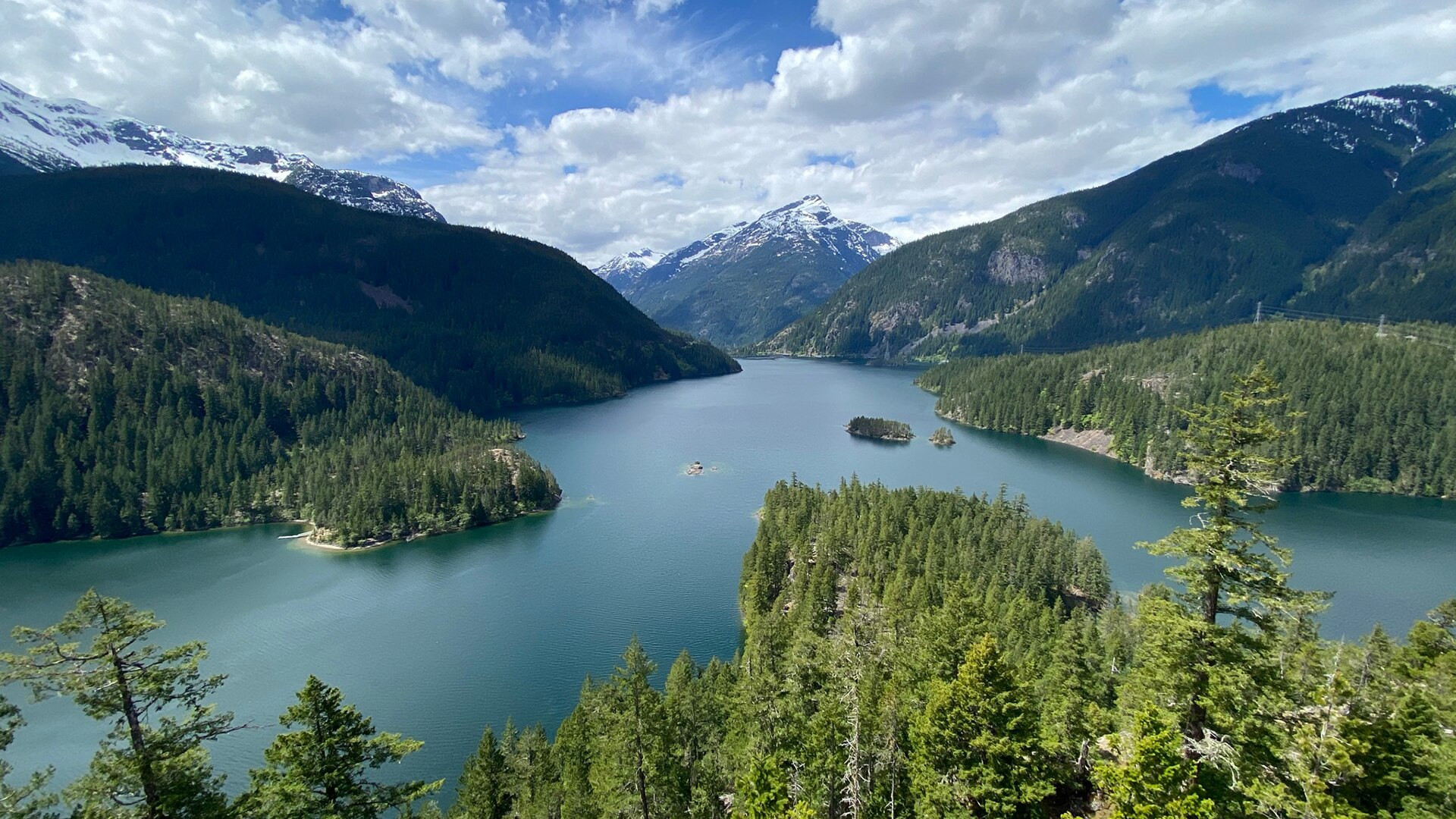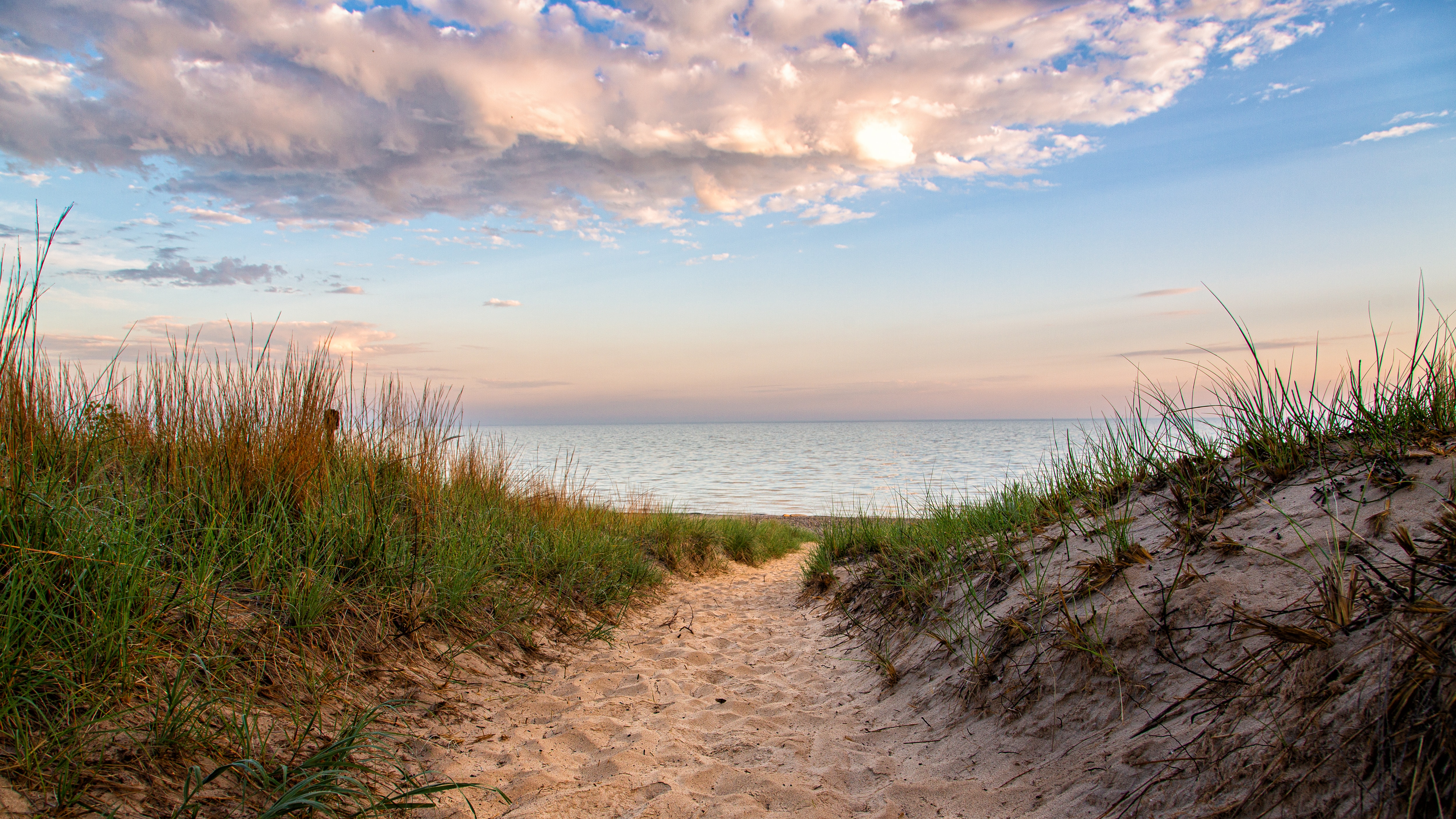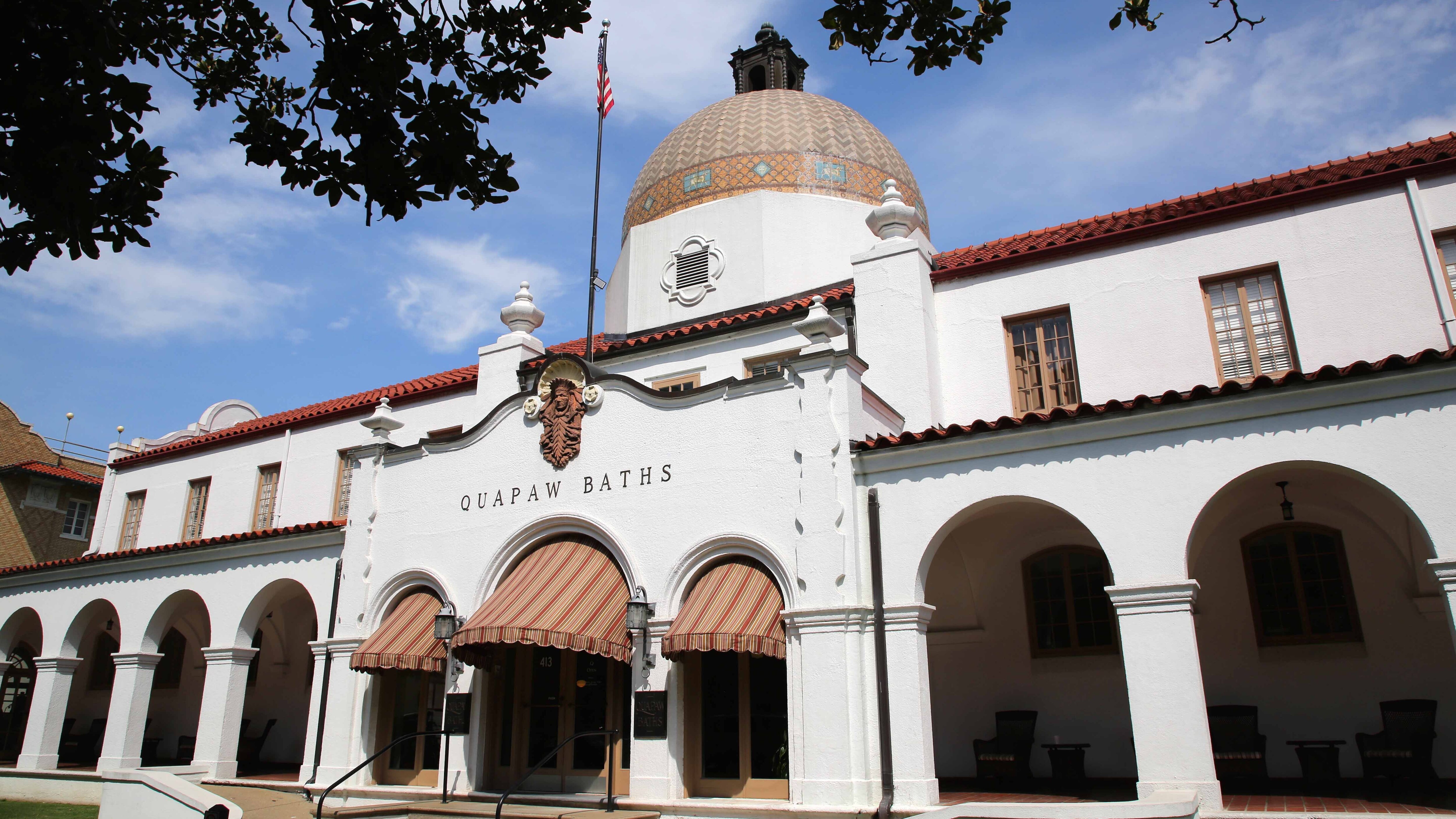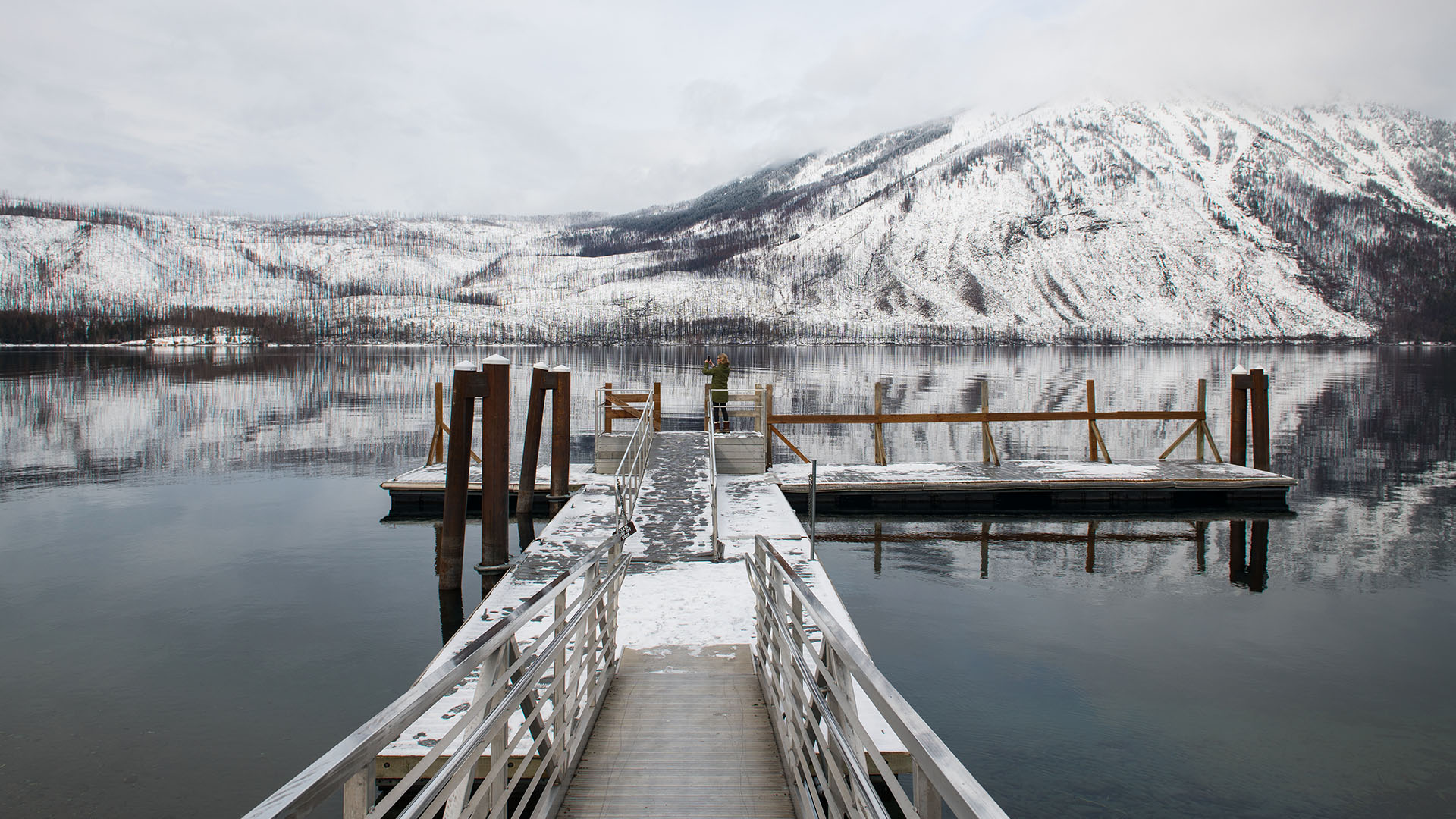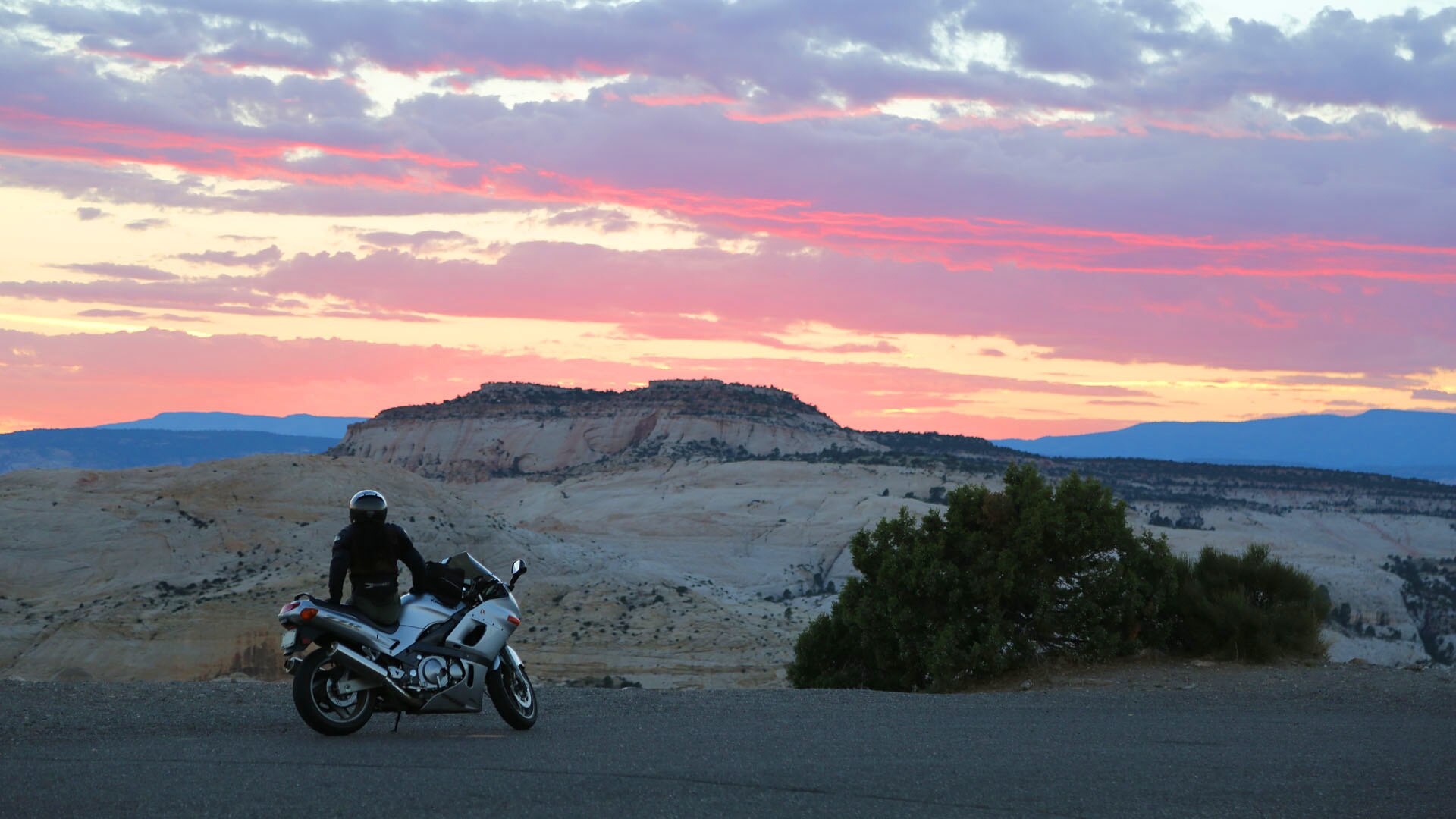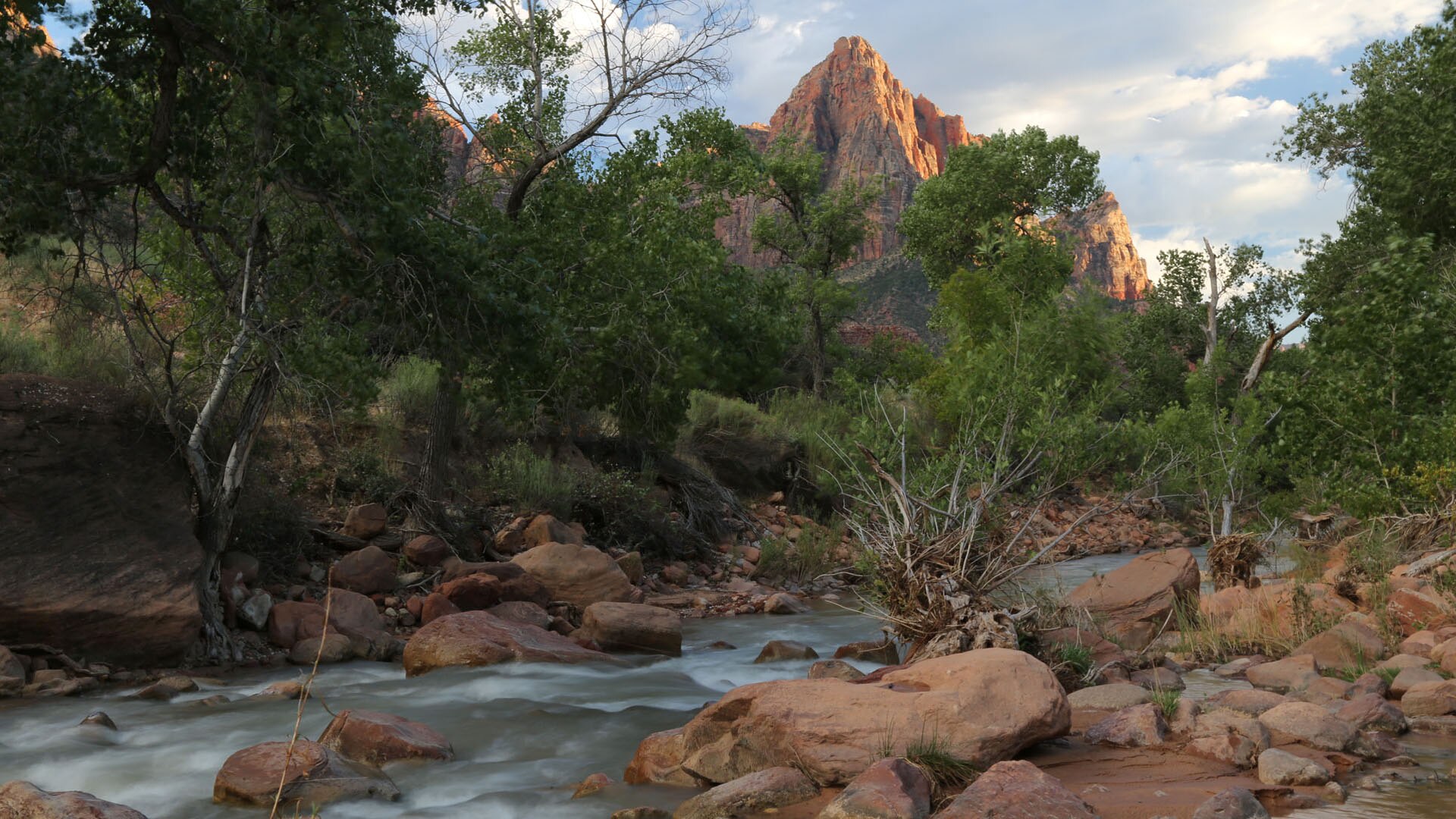Visiting Washington's Olympic National Park in the Offseason

A creek flows along the trail to Sol Duc Falls in Olympic National Park.
Story and photos by Joe Howard
Joe Howard is a landscape photographer from St. Louis, Missouri. You can find him on Instagram.
An autumn camping trip offers serenity and easy social distancing.
Sol Duc Falls, a multitiered waterfall in Olympic National Park, drops off the side of a cliff into a narrow canyon 50 feet below. I credit photos of the waterfall with sparking my passion for landscape photography, and on a road trip to the park in Clallam County, Washington, I finally got to see Sol Duc Falls for myself. Being there is better!
On my quest to see all 63 national parks, I decided to visit Olympic in October, the offseason. Was it rainy and cold? Sure, part of the time. Because the Olympic Mountains act as a natural barrier, the western part of the Olympic Peninsula receives 10 times more rain than the east, and that moisture nourishes the rainforest.
Was it crowded? Not at all, even though Olympic is one of the most visited national parks in the country. Social distancing was easy, and with a sturdy tent and the right outerwear, I was comfortable camping and traveling around the park. When I was at Sol Duc Falls, fewer than 10 people stood admiring the waterfall, so I stayed for an hour or more, listening to the rushing water and appreciating the natural beauty of the place.
My passion for waterfalls began during a spring rainstorm in 2017. Deep in the Missouri Ozarks, I was hiking to see Mina Sauk Falls, the state’s tallest waterfall with a drop of just over 130 feet. Waterfalls in the Midwest flow only after heavy rain, so I’d made numerous visits, hoping for the perfect conditions, before I got to see the falls cascading down Taum Sauk Mountain. The extra effort helped me appreciate the experience even more, and I fell in love with waterfalls. I knew that in addition to verdant rainforests and mountain vistas, I would see waterfalls in Olympic National Park — so I was eager to get there.

Moss-covered trees line the road to the Hoh Rainforest Visitor Center.

Sol Duc Falls is a three-tiered waterfall that tumbles down 50 feet into the canyon below.
An Ideal Getaway From Seattle
The 329-mile Highway 101 Loop Drive covers much of the park, so even a weekend getaway allows plenty of time to enjoy beaches, mountain views, hiking trails and other attractions along the easy drive. Some, including Ruby Beach and the Tree of Life, are just a few hundred feet from the road. Setting off from Seattle, I steered my rental car south on Interstate 5 to Olympia, where I turned right onto Highway 8 and then merged onto Highway 12. At Aberdeen, I headed north on Highway 101.
About three hours after leaving Seattle, I arrived at Lake Quinault in Olympic National Park. The picturesque lake is tucked in the Quinault Valley, carved out long ago by glaciers. When I woke up the next morning at Graves Creek campground in the Quinault Rainforest, the beauty of the moss-covered conifers and the rich autumn foliage of the deciduous trees around me was almost sensory overload. Later, hiking along the campground’s mile-long nature trail through the forest, I saw no one.
Then I was ready to see some ocean! Kalaloch Beach 1 and the Kalaloch Campground were just an hour north on Highway 101. I parked on the side of the road, walked a few hundred feet to the beach and removed my shoes and socks. Then I walked on the sand, allowing cold ocean water to lap at my feet — my first time in the Pacific Ocean. It was exhilarating!
Later, from my campsite I walked to the world-famous Tree of Life, also known as the Tree Root Cave. The soil beneath this Sitka spruce has entirely washed away, leaving an exposed root system that stretches across a gap of about 15 or 20 feet in the sandstone cliff, somehow supporting the tree. Photos are impressive; seeing it in person is even better. Back at the campground, I enjoyed an expansive view of the ocean as I prepared and ate dinner.

Ruby Beach is one of the most visited beaches in Olympic National Park.

Rays of sunshine beam through the Quinault Rain Forest.
The Lush Hoh Rainforest, Then More Waterfalls
The next day, I headed for the Hoh Rainforest, an hour’s drive north on Highway 101. One of the largest (and one of the last) temperate rainforests in the U.S., it’s the most frequently visited part of Olympic National Park, and for good reason. The Hall of Mosses trail, just 0.8 miles long, takes you right through the rainforest. Occasional birdsong punctuated the sounds of wind and falling rain, but a few squirrels were the only wildlife I saw. A sign noted that a second trail was closed due to “aggressive elk in the area,” so I began driving west to Rialto Beach and the nearby Mora Campground, where I would spend the night.
Along the way, I stopped at Bogachiel State Park, a 40-minute drive west from the Hoh Rainforest. It was one of the only campgrounds along the western route that had showers that were open, a rare find in the offseason. It cost me a few dollars for a few minutes of warm water, and it was worth it.
After my visit to Sol Duc Falls the next day, I headed for Lake Crescent, about 30 minutes east on Highway 101. The drive along the lake was peaceful, offering stunning vistas. In contrast, the Marymere Falls trailhead was busy and also quite steep at some points. Visitors were not allowed to get near the 90-foot-high falls, but some spots offered great views from a distance. Just in time for sunset, I headed to the top of Hurricane Ridge. There, from a 5,242-foot elevation, I watched as the clouds held back to reveal a purple, orange and pink sunset over the Olympic Mountains — a memorable sight.
After spending the night at the base of the mountain at the Heart O’ the Hills campground, it was time to start the journey south back to Seattle. On the way, I stopped at two gorgeous waterfalls. Rocky Brook Falls drops over 200 feet and is reached by an easy walk — just a couple of hundred yards. The trail starts from Dosewallips Road, a three-mile drive west from Highway 101. Murhut Falls, a 130-foot-tall waterfall, required a hike that was almost entirely uphill. Dominating the forest around it, Murhut Falls was well worth the effort.
Because of its enchanted location, Olympic National Park is my favorite of the eight parks I’ve visited so far, an ideal destination for anyone who loves the outdoors.

Hurricane Ridge is the perfect place to watch the sun set over the Olympic Mountains.
Related
Read more stories about national parks.
- Weekend Getaway in Joshua Tree National Park
- Rocky Mountain National Park Snowshoeing
- Grand Teton National Park
- Yellowstone National Park in Winter
- Road Trip Through Northern California
- National Park Tradition Renews Family Ties
- Road Trip to Acadia National Park
- Day Trip to Dry Tortugas National Park
- Black Canyon of the Gunnison National Park
- Cades Cove Scenic Drive is a Trip Back in Time
- Driving Through The Smoky Mountains: Planning Your Road Trip
- Road Trip to Death Valley National Park
- Road Trip to Dark Sky Parks in Utah
- Weekend Getaway to Yosemite National Park
- Isle Royale National Park
- Weekend Getaway to Bryce Canyon National Park
- Road Trip to Big Bend National Park, Texas
- Cascades Loop Road Trip
- Grand Canyon Hike
- Great Smoky Mountains Waterfalls
- Road Trip to Five National Parks Near Los Angeles
- Majestic Mountain Loop Family Fun
- Majestic Mountain Loop
- Colorado’s Great Sand Dunes National Park
- The Loneliest Road in America
- New River Gorge National Park
- Visiting Washington's Olympic National Park in the Offseason
- Road Trips to National Parks in Winter
- Fall Foliage Road Trip in Road Trip From San Francisco to Yosemite
- Road Trip to White Sands National Park
- Road Trip to Saguaro National Park
- Mount Rainier National Park
- Road Trip from Denver to Glacier National Park
- Road Trip from Olympic National Park to San Francisco
- Plan a Road Trip to a National Park Near You
- Mountain Road Trips
- Petrified Forest National Park
- Road Trip Through Central Oregon
- Washington’s North Cascades National Park
- Road Trip to Indiana Dunes National Park
- Things to Do in Hot Springs, AR on Your Next Getaway
- Visiting Glacier National Park in Winter
- Road Trip on Utah's Scenic Byway 12
- Road Trip to Zion National Park for Artistic Inspiration
- Cold Weather Photography Tips

